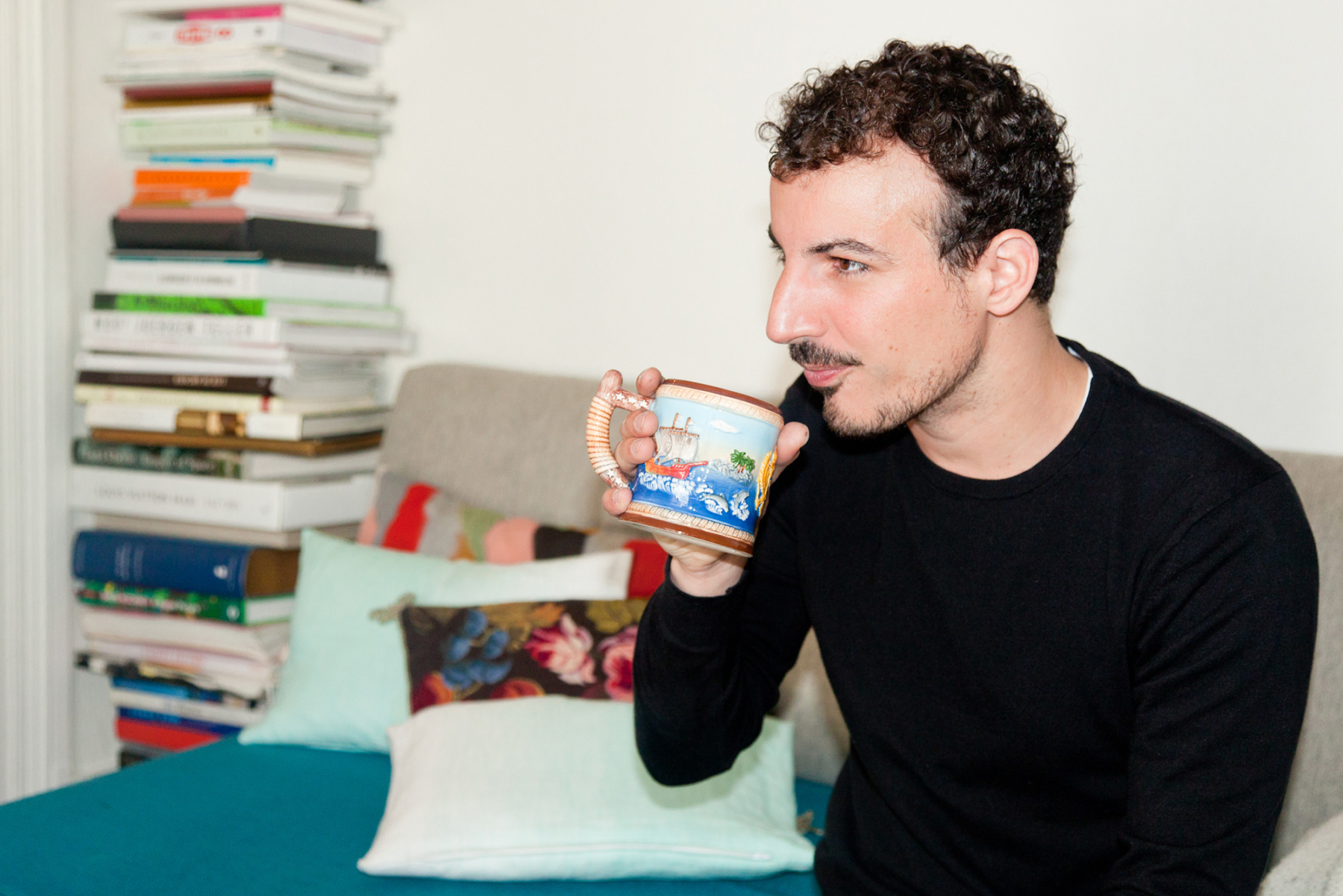Nicolas Ouchenir is a man of passion. Eleven years ago he started to pay attention to the telltale signs that highlighted his lifelong connection to calligraphy. As a true enthusiast he took this interest to the nth degree.
Initially in his career, he started out undertaking a course at business school with a focus on the art market and threw himself into the world of fine arts by opening a gallery with the collector César Pape. During time spent engaging with JGM Galerie, Nicolas worked on some calligraphy invitation cards for the first time. This was an exciting period for him as he made new encounters and developed a range of important contacts. Out of the blue, he took off to Brazil indefinitely and returned to Paris a year later with a desire for renewal. Embracing his doubts he then decided to dedicate himself to his calling and launched his eponymous calligraphy studio, Nicolas Ouchenir.
Based in Paris where he grew up, he lives in an apartment surrounded by objects that have a strong sense of history. In this space, “there is no need to turn on the TV.” He came upon this inviting nest with a balcony in an unexpected and spontaneous way by slipping into an apartment viewing without needing a new place to live. Between our visit to his apartment, a walk in the Jardin des Tuileries and a writing session in his studio, Nicolas tells us about his relation to handwritten text and takes us through his autodidactic career while sharing the world he has created for himself.
This interview is the second installment of Montblanc and Freunde von Freunden’s collaboration on a new series of artist portraits, documenting quality craftsmanship and the ideas that surround their artwork.
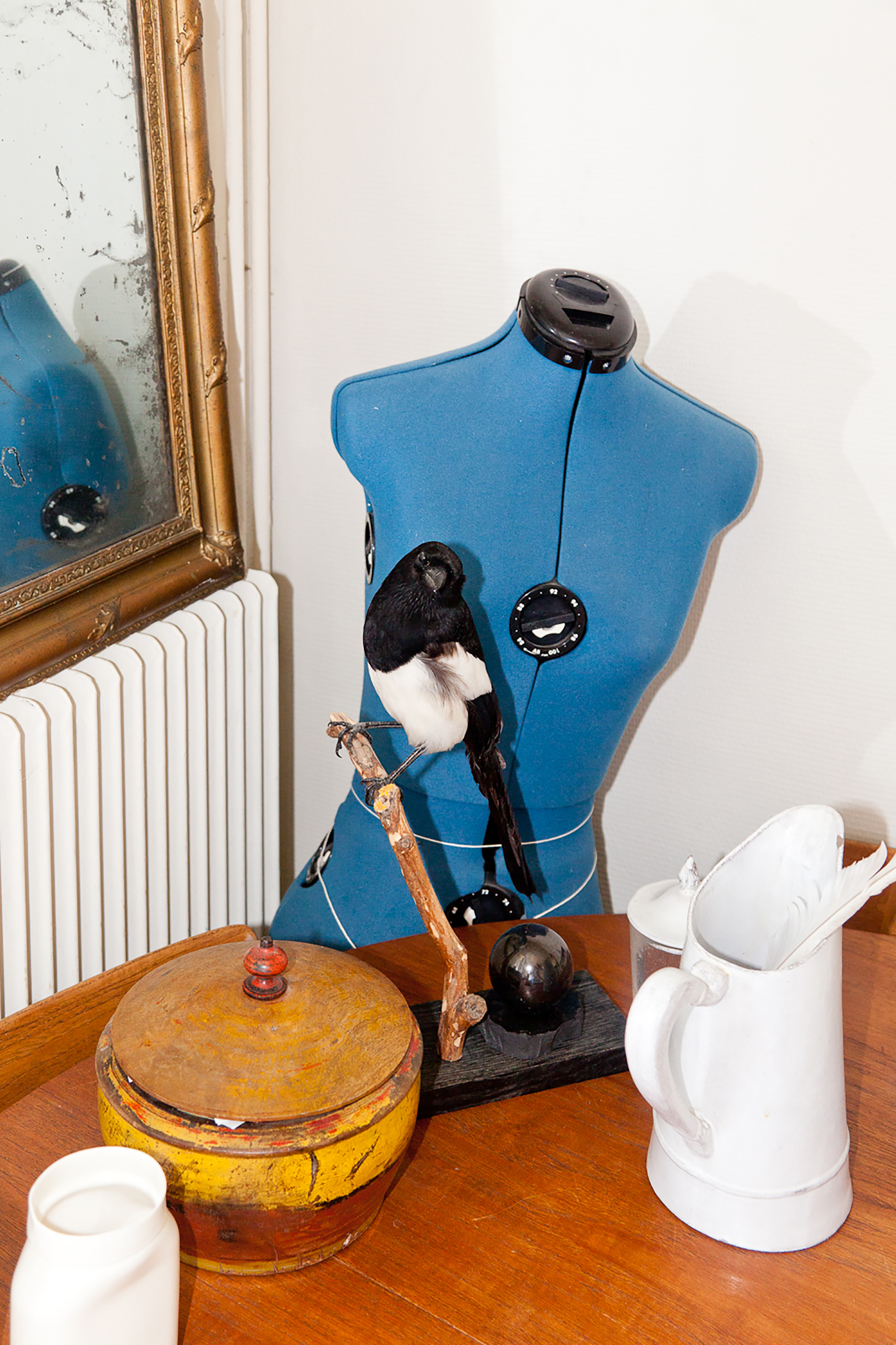
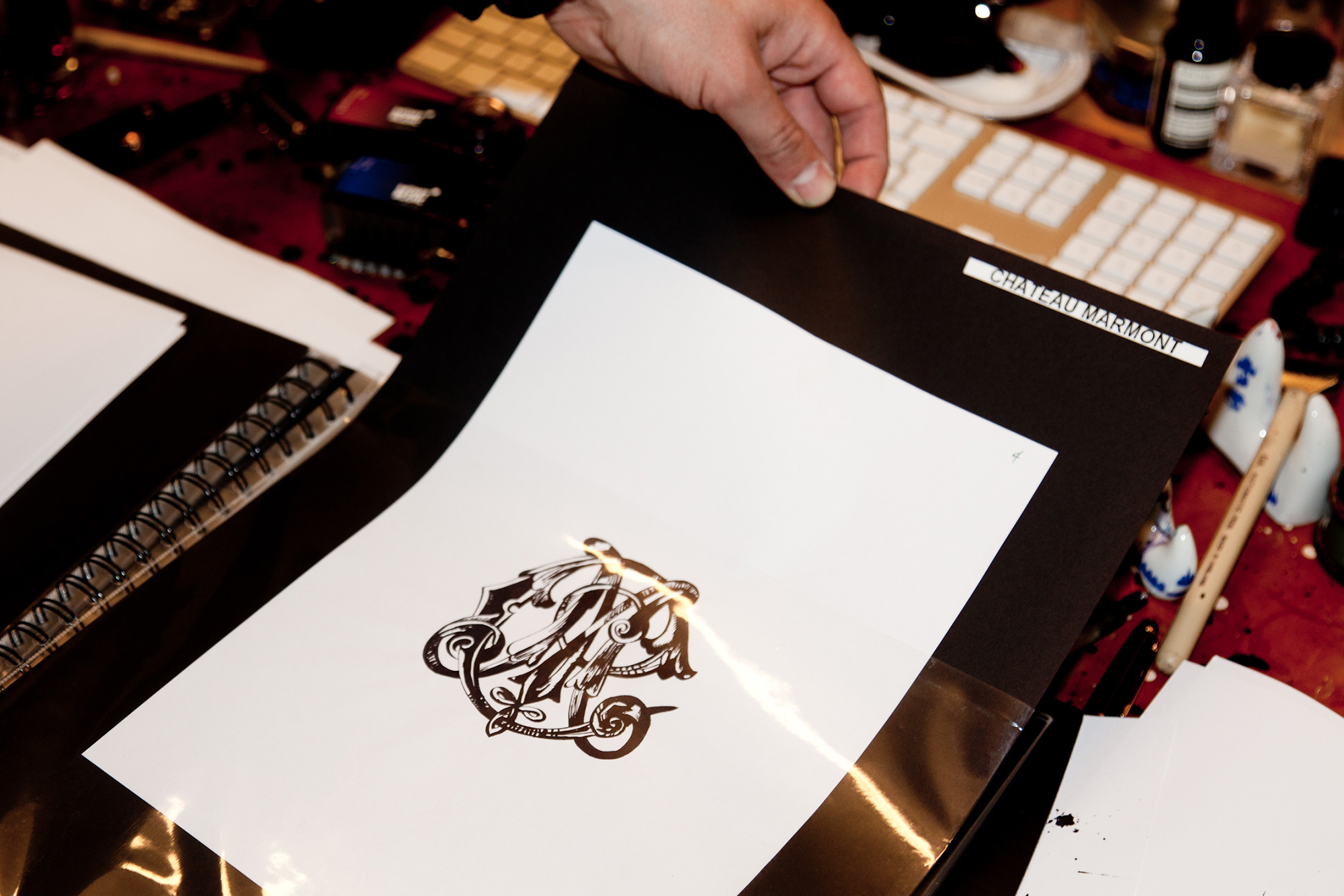
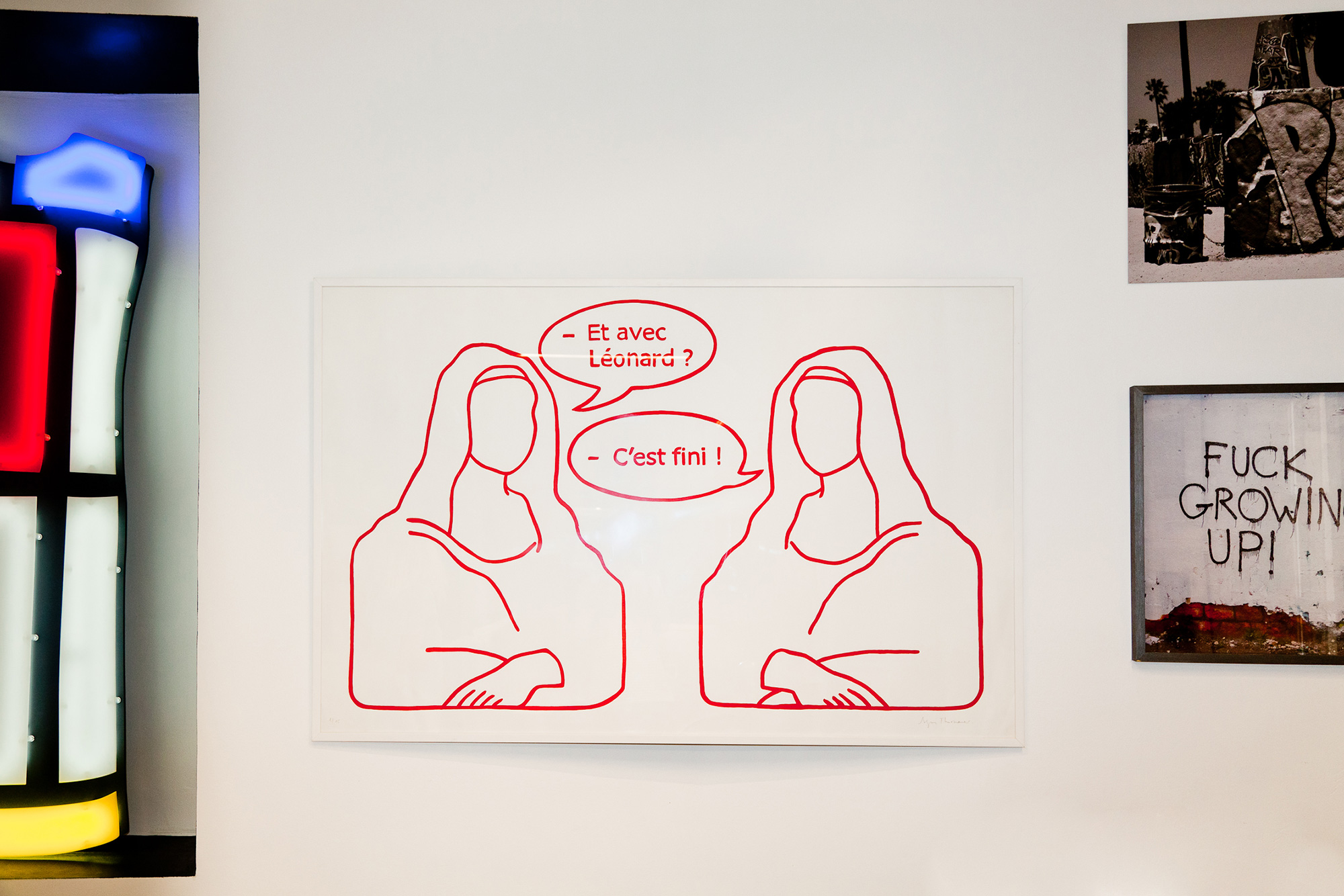
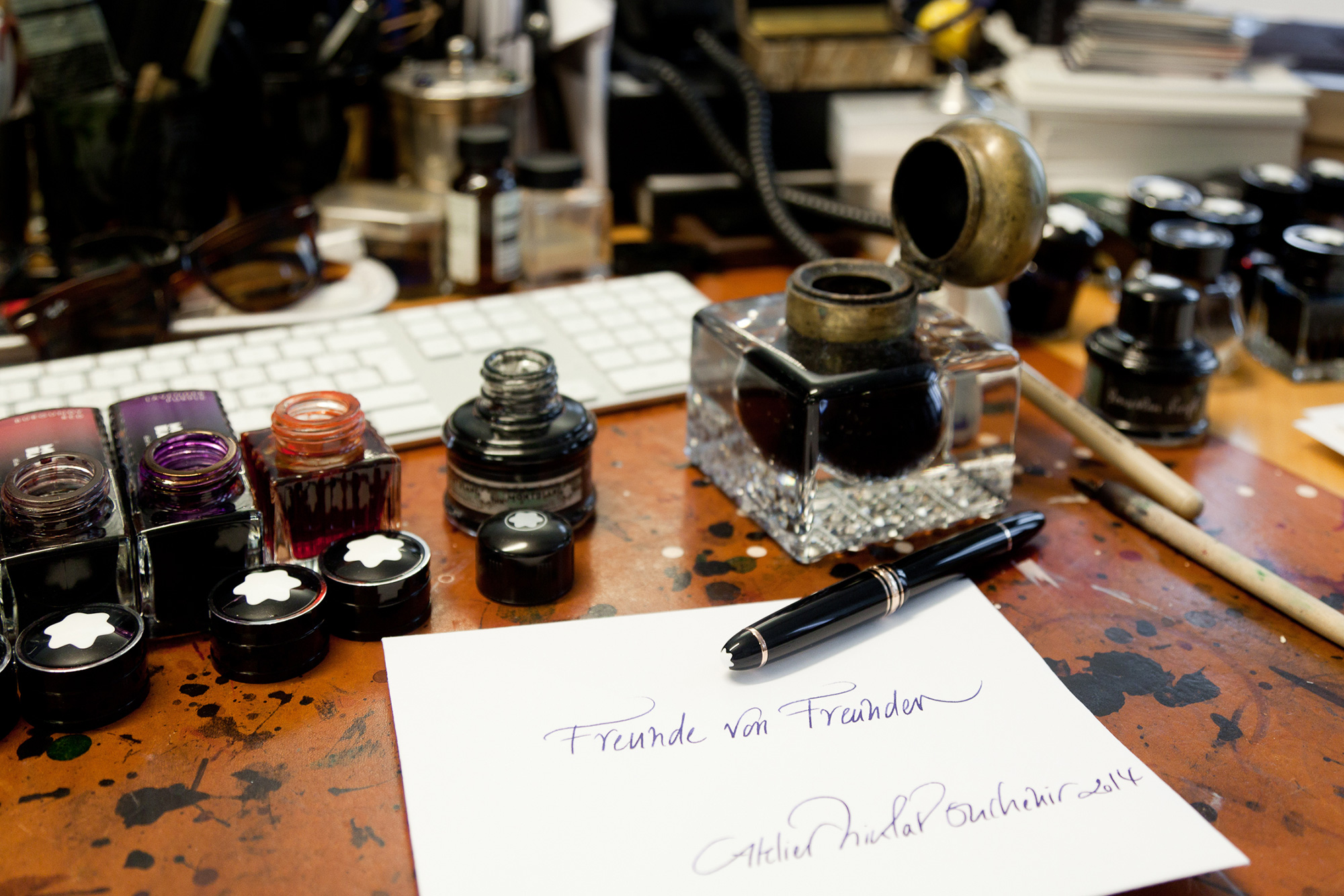
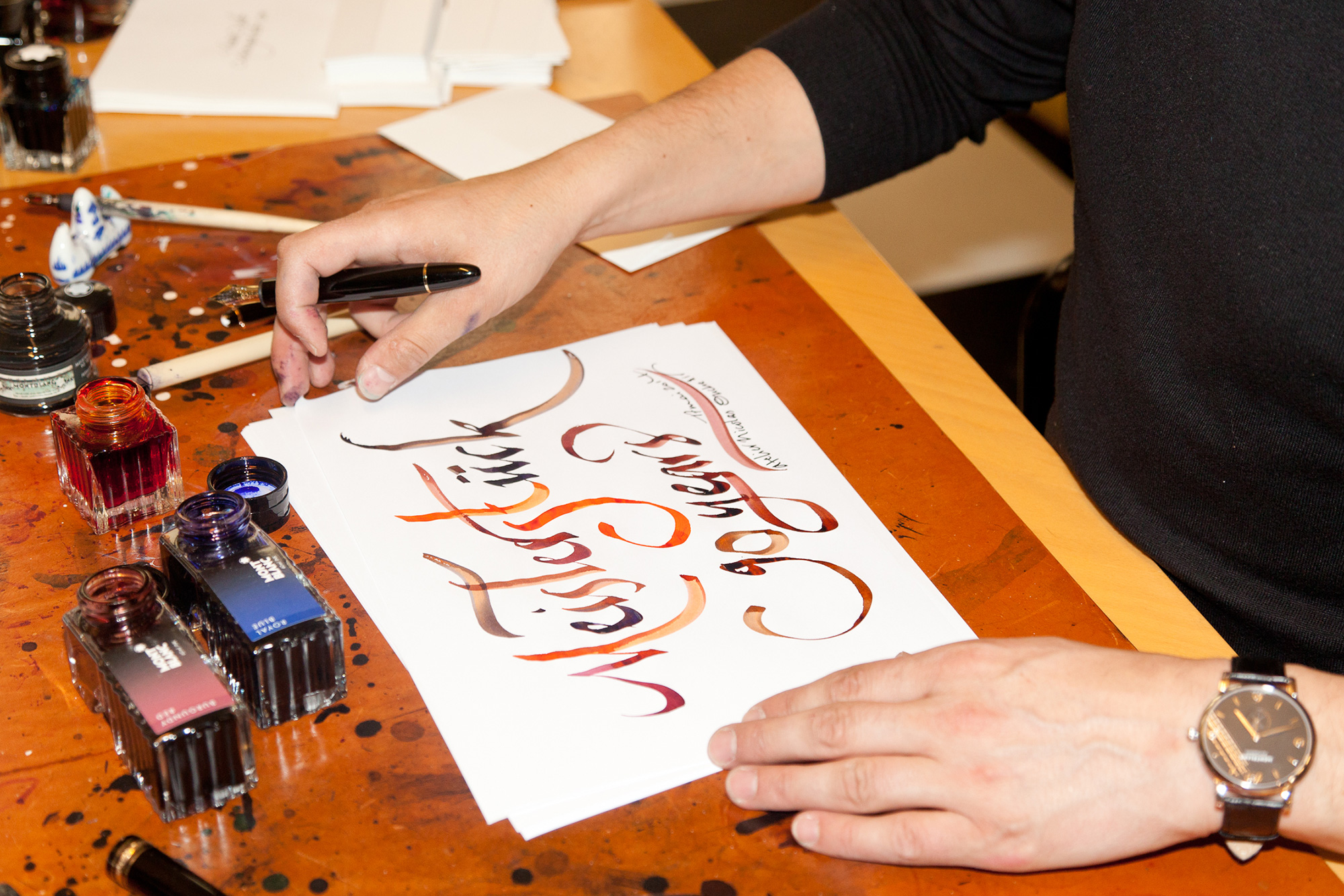
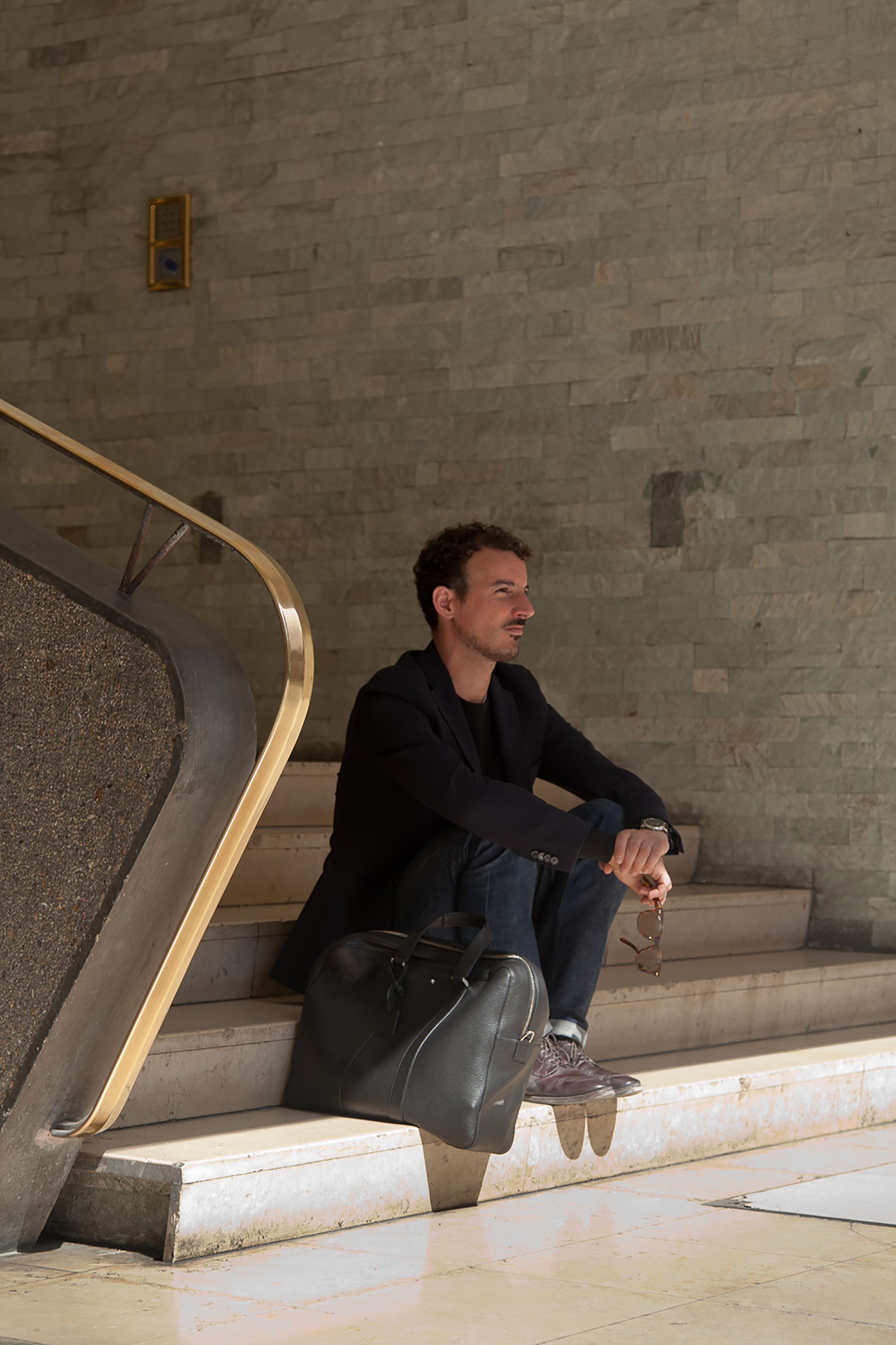
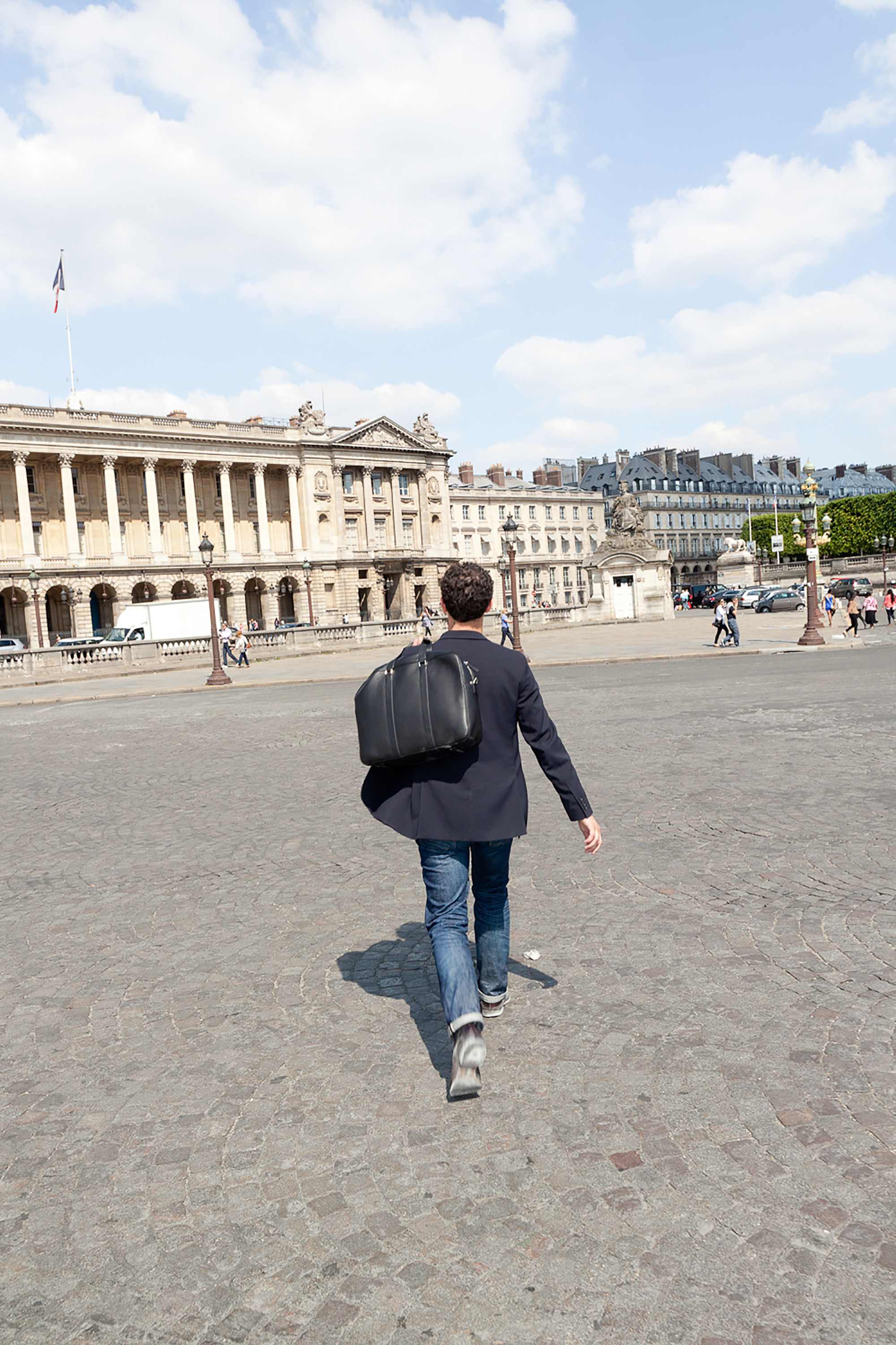
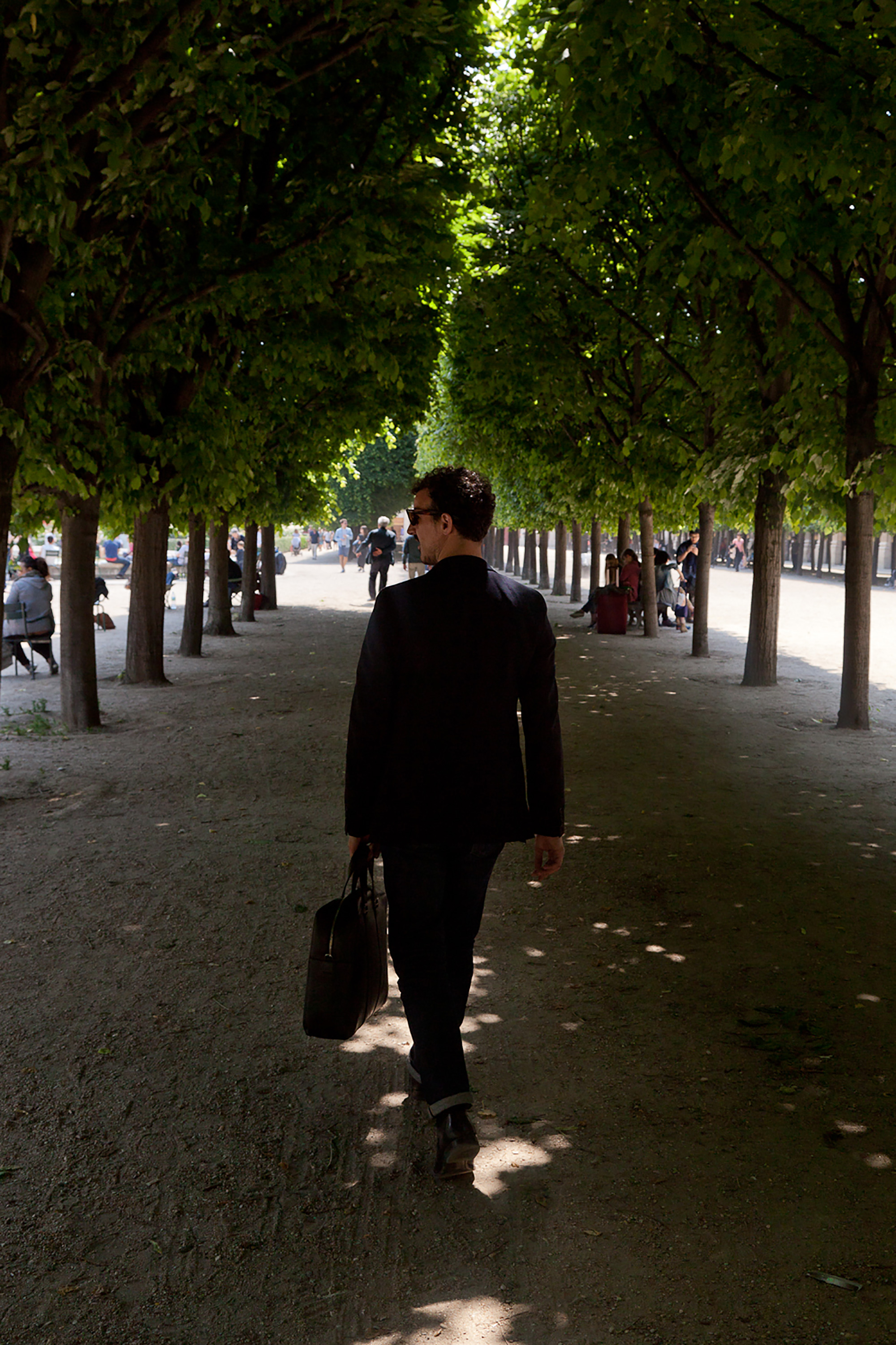
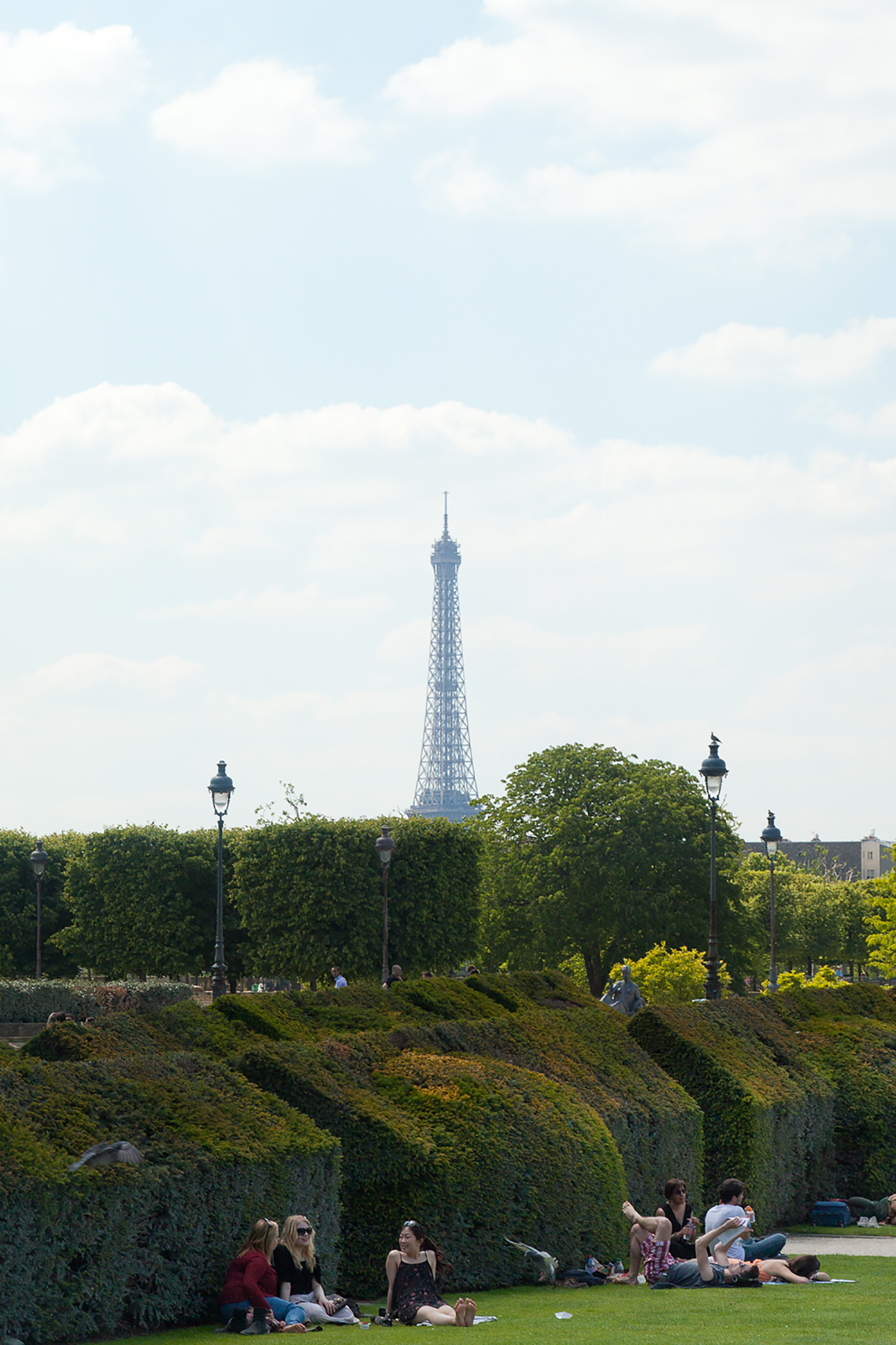
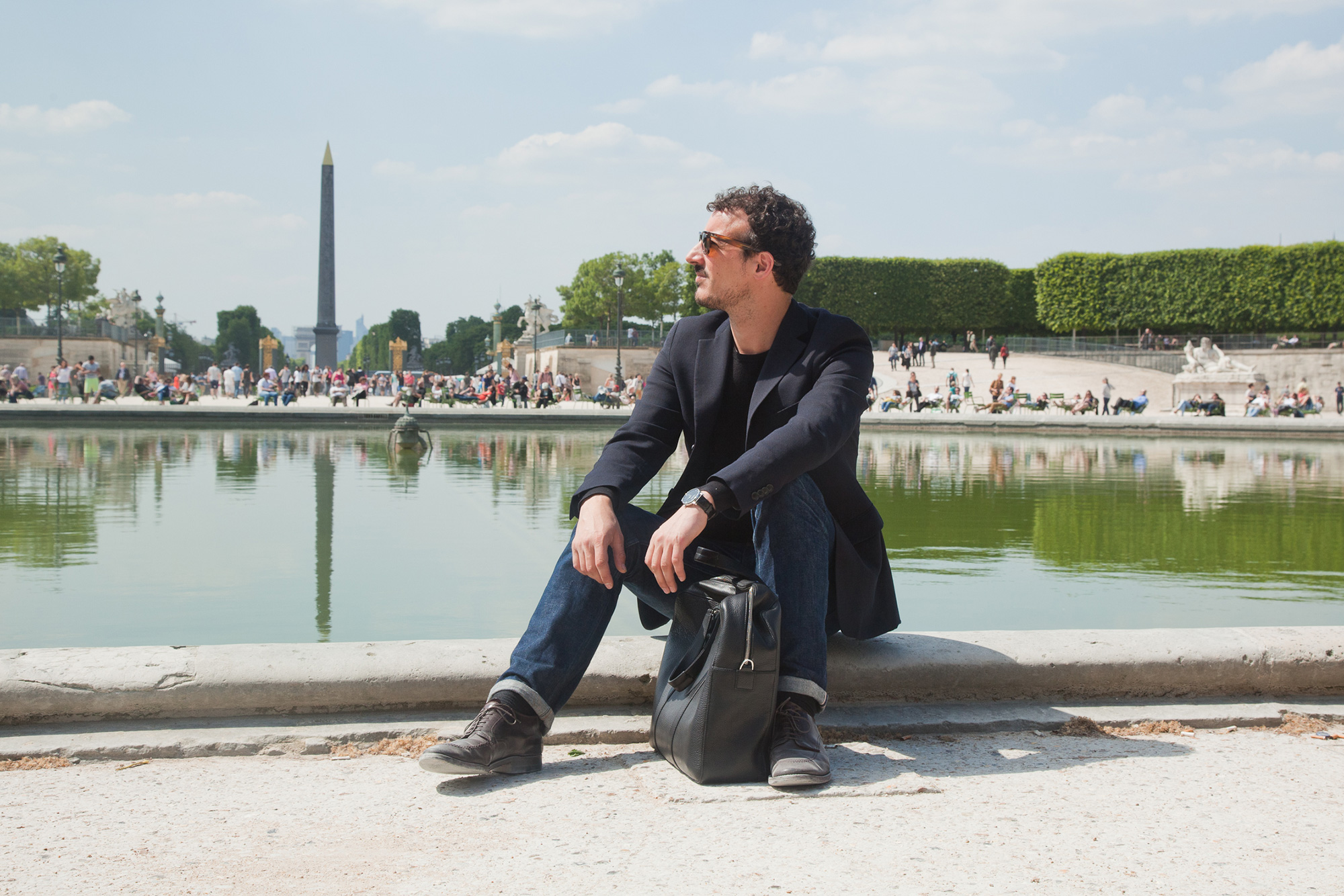
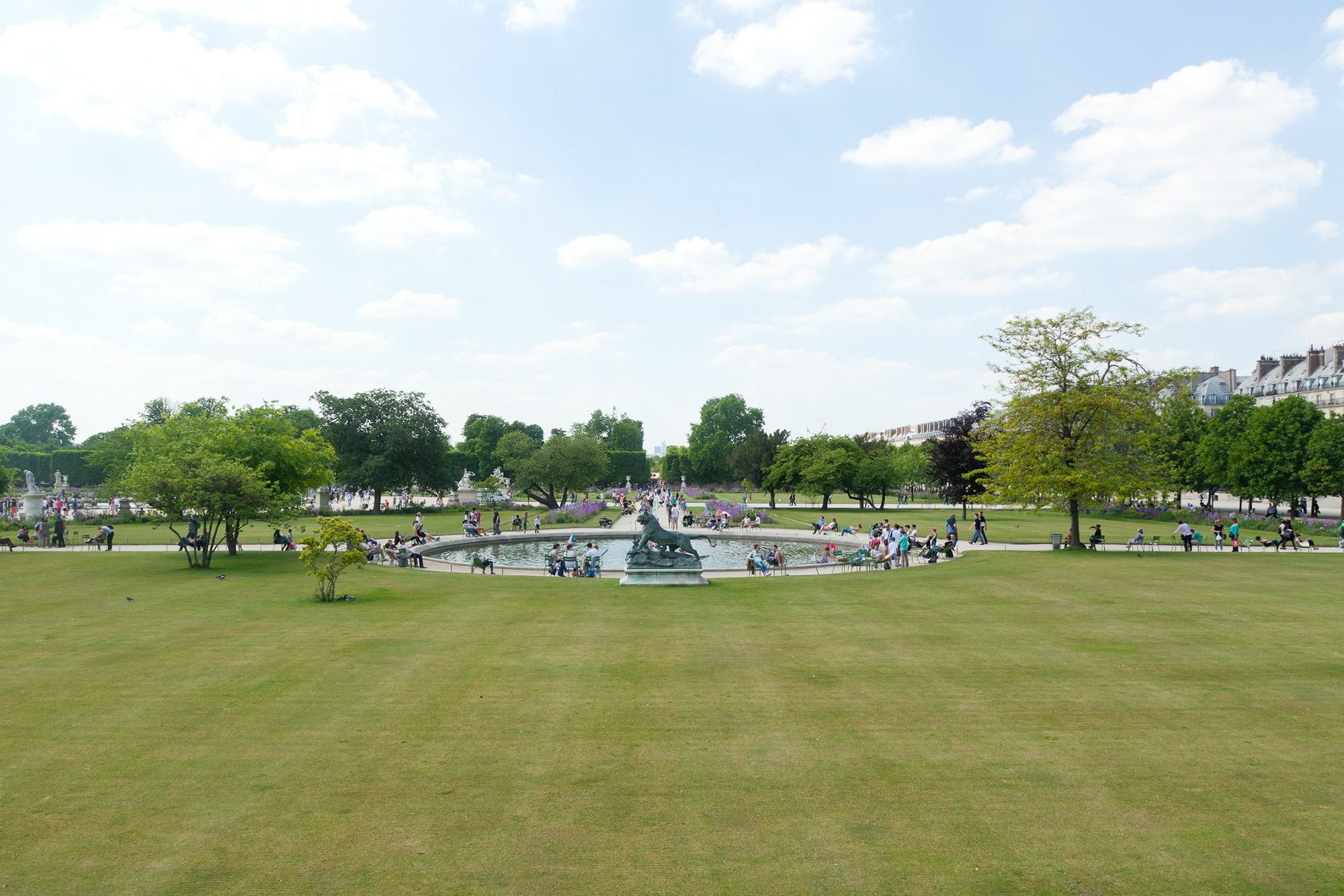
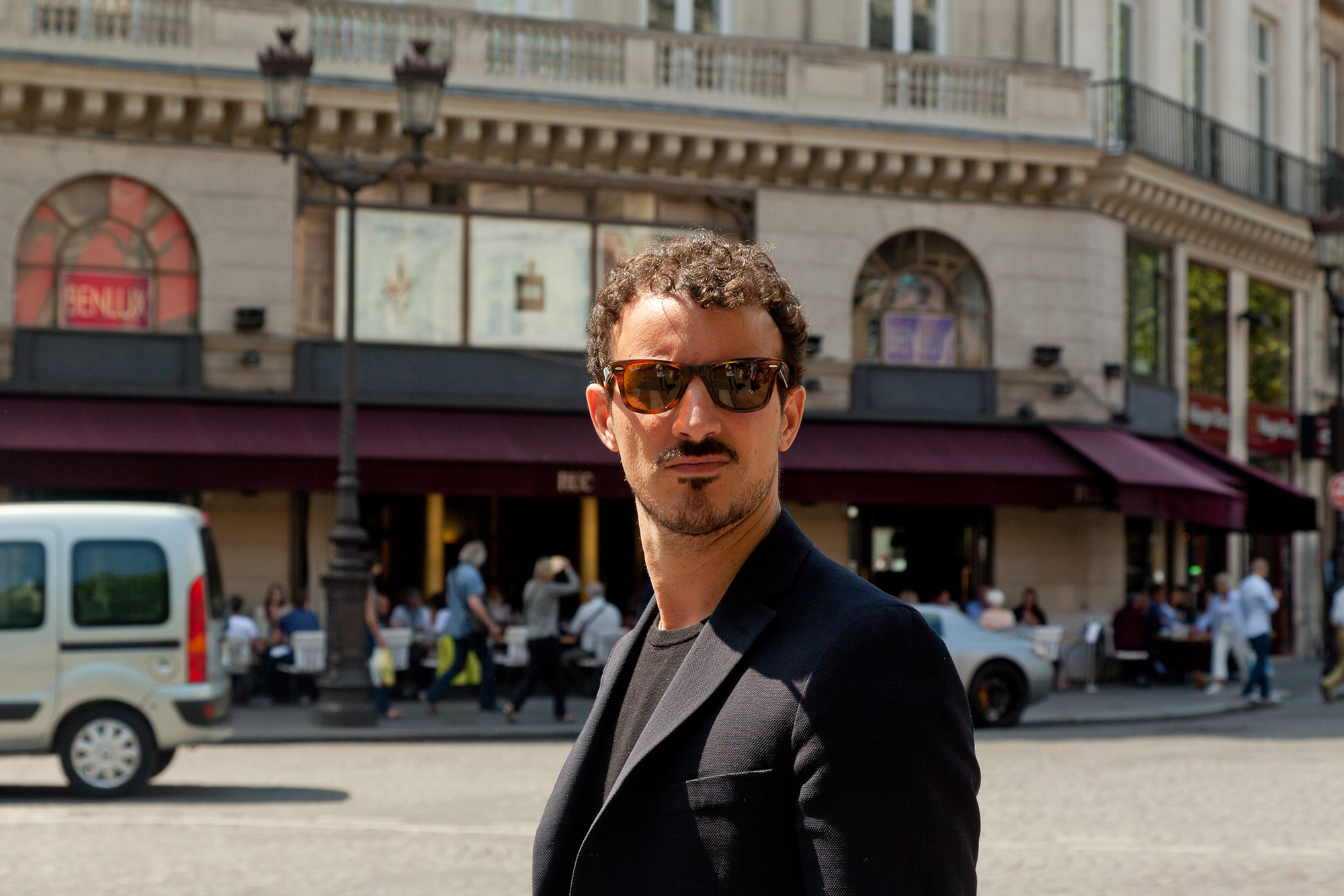
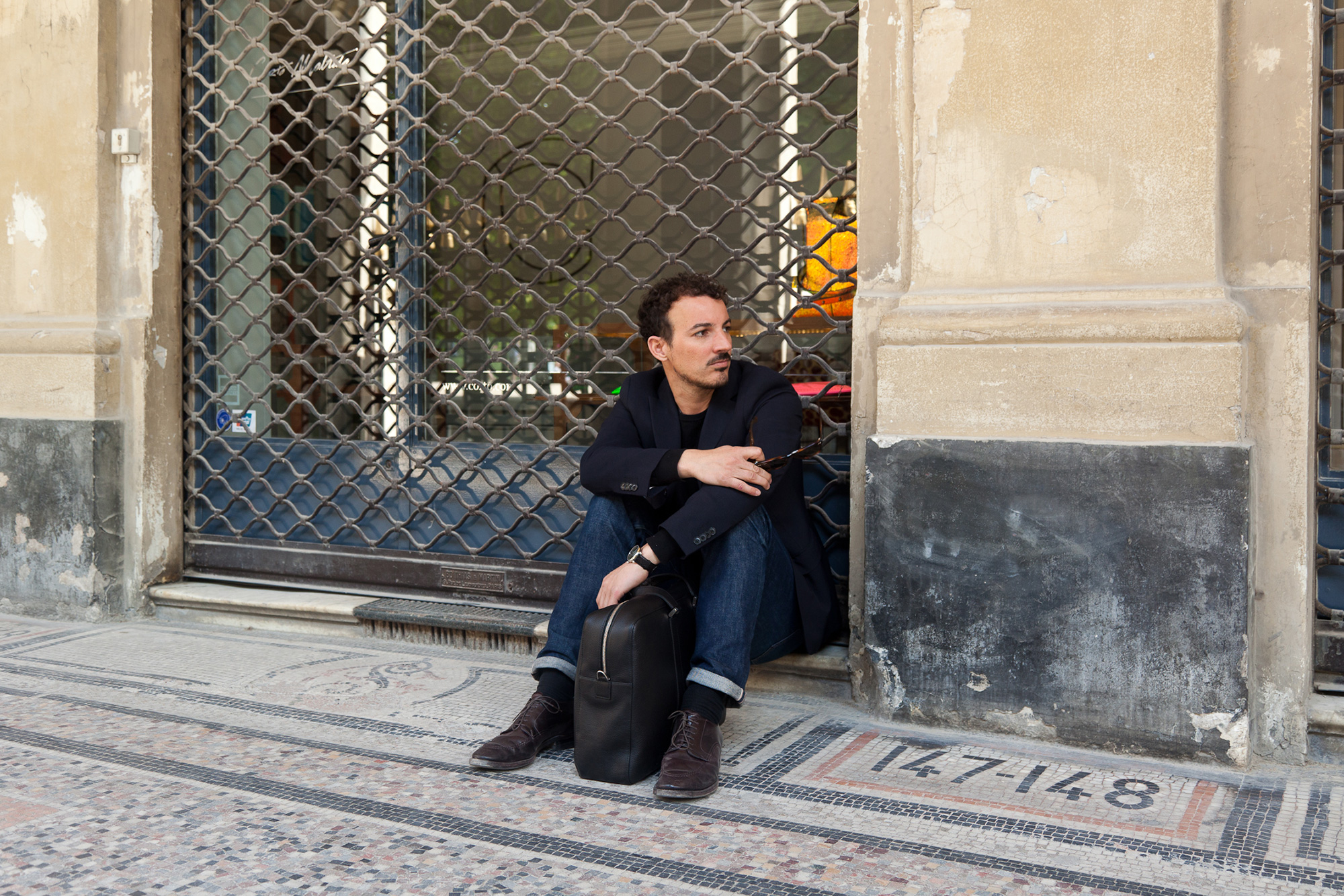
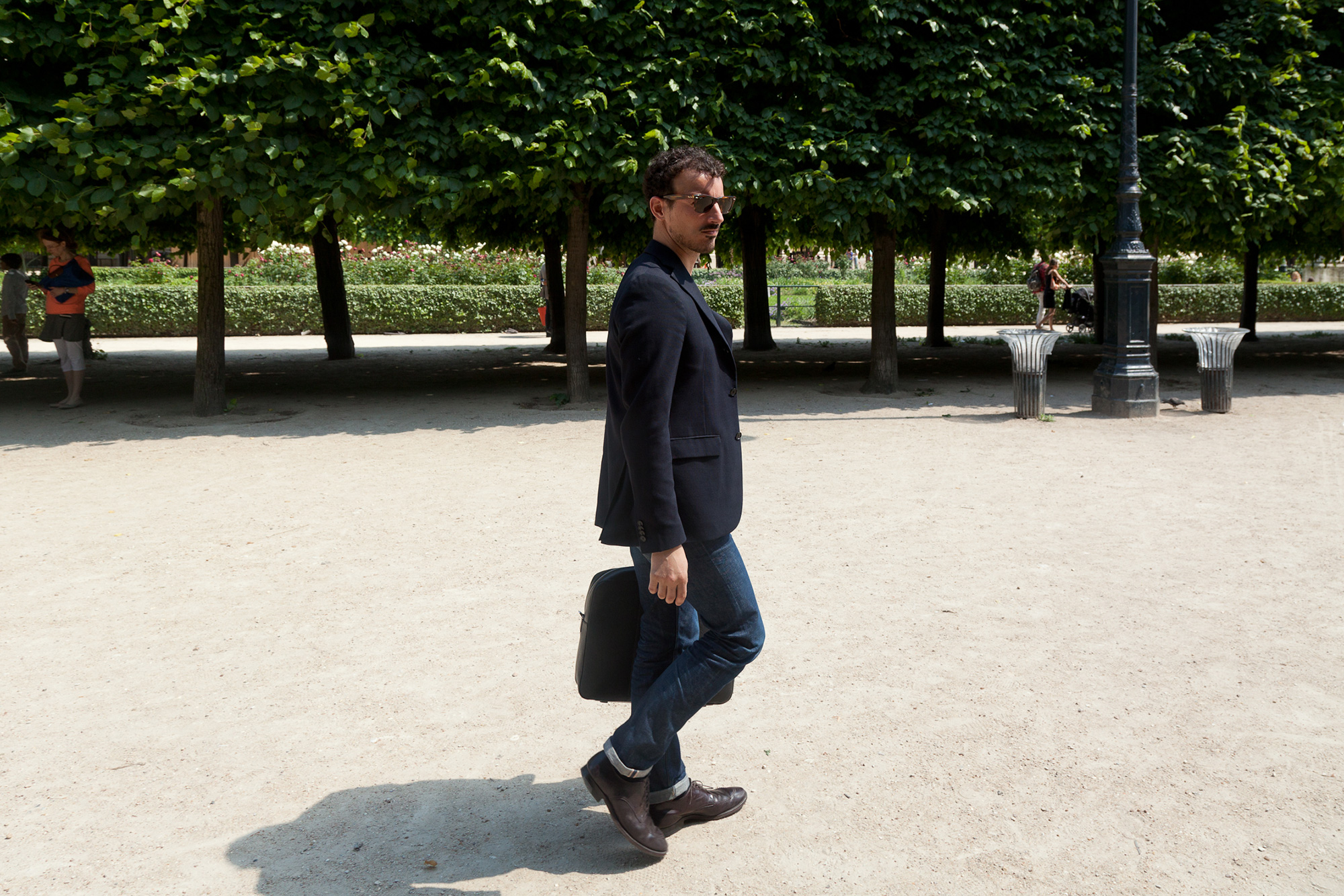
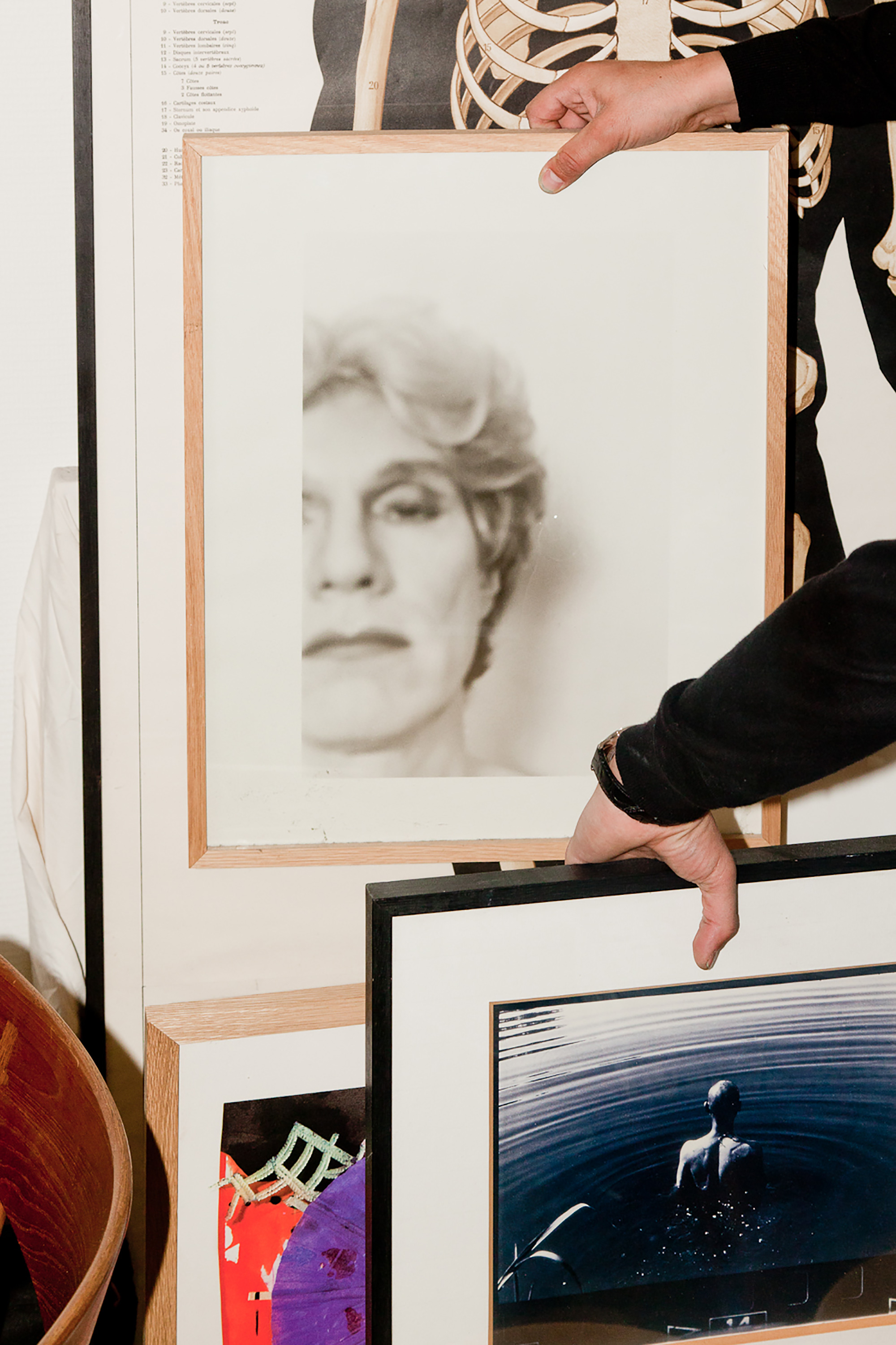
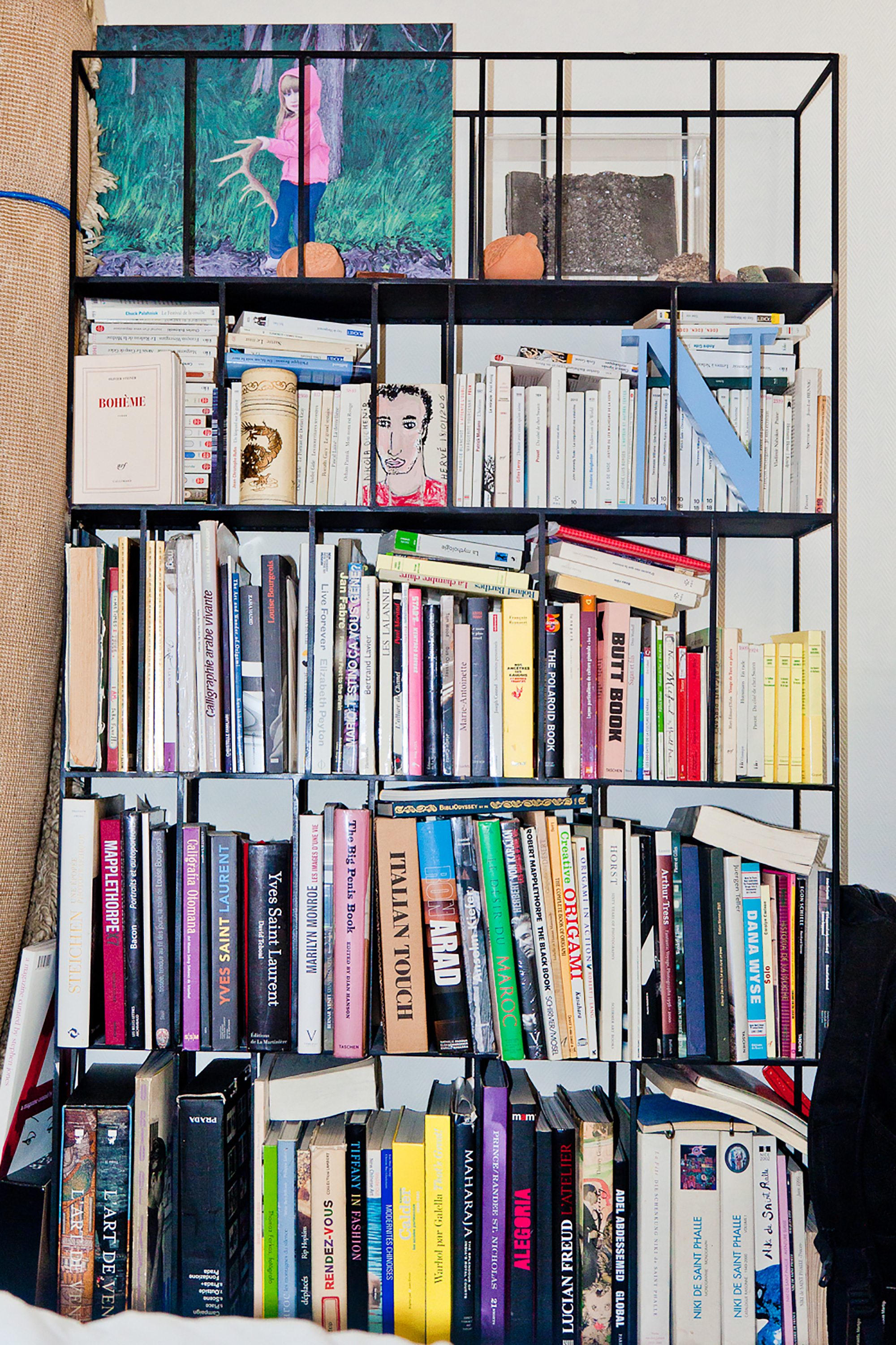
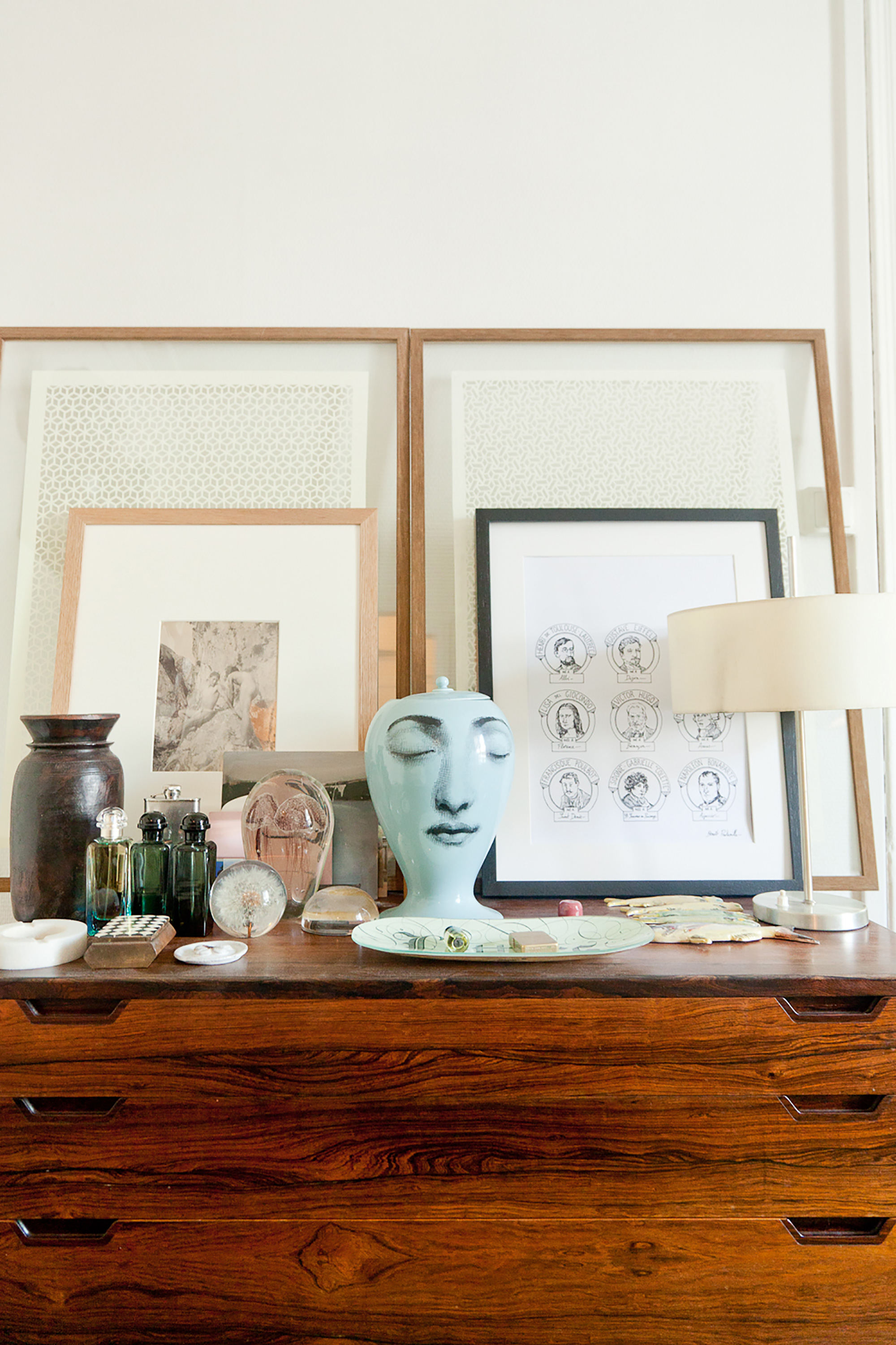
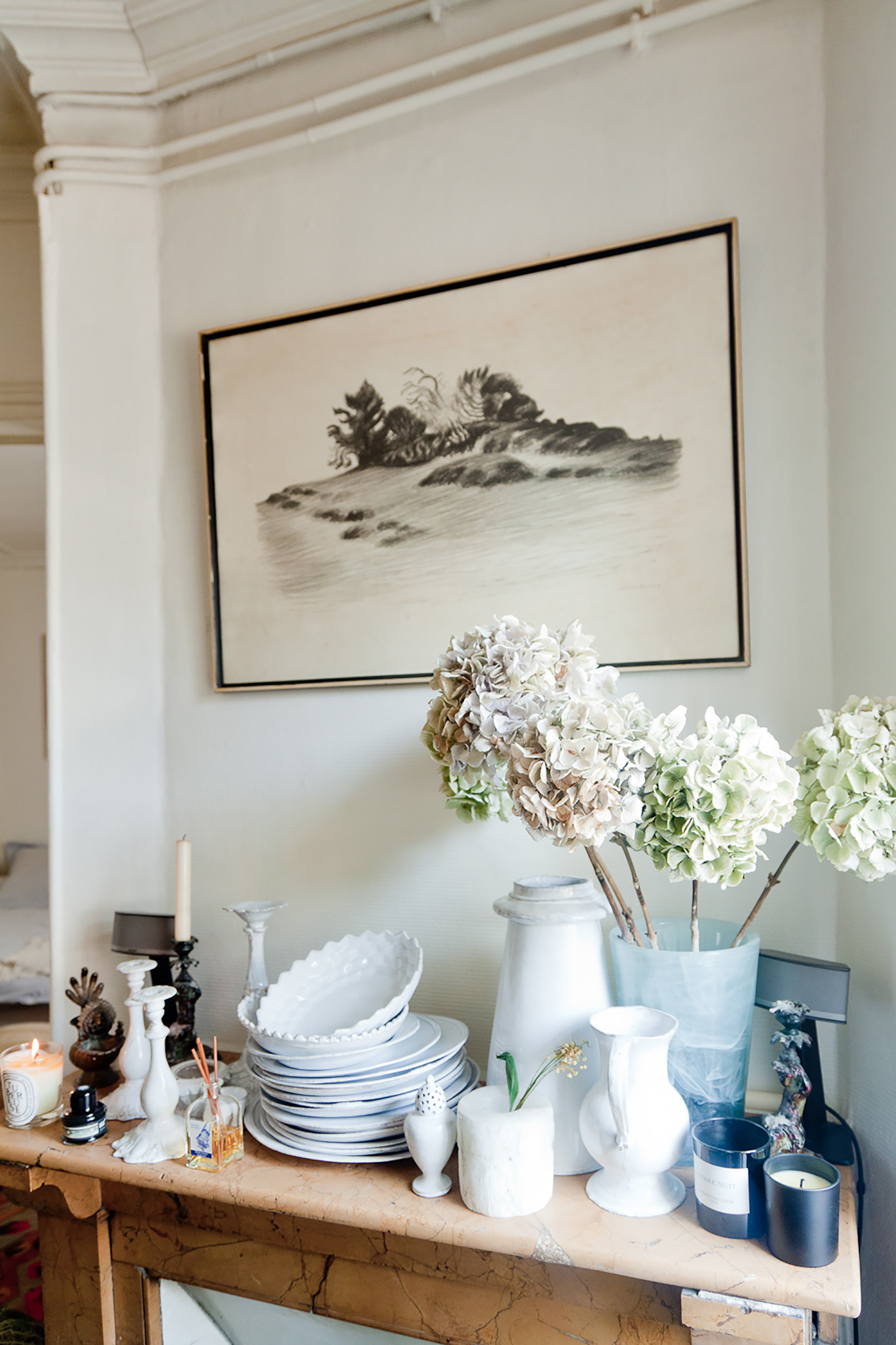
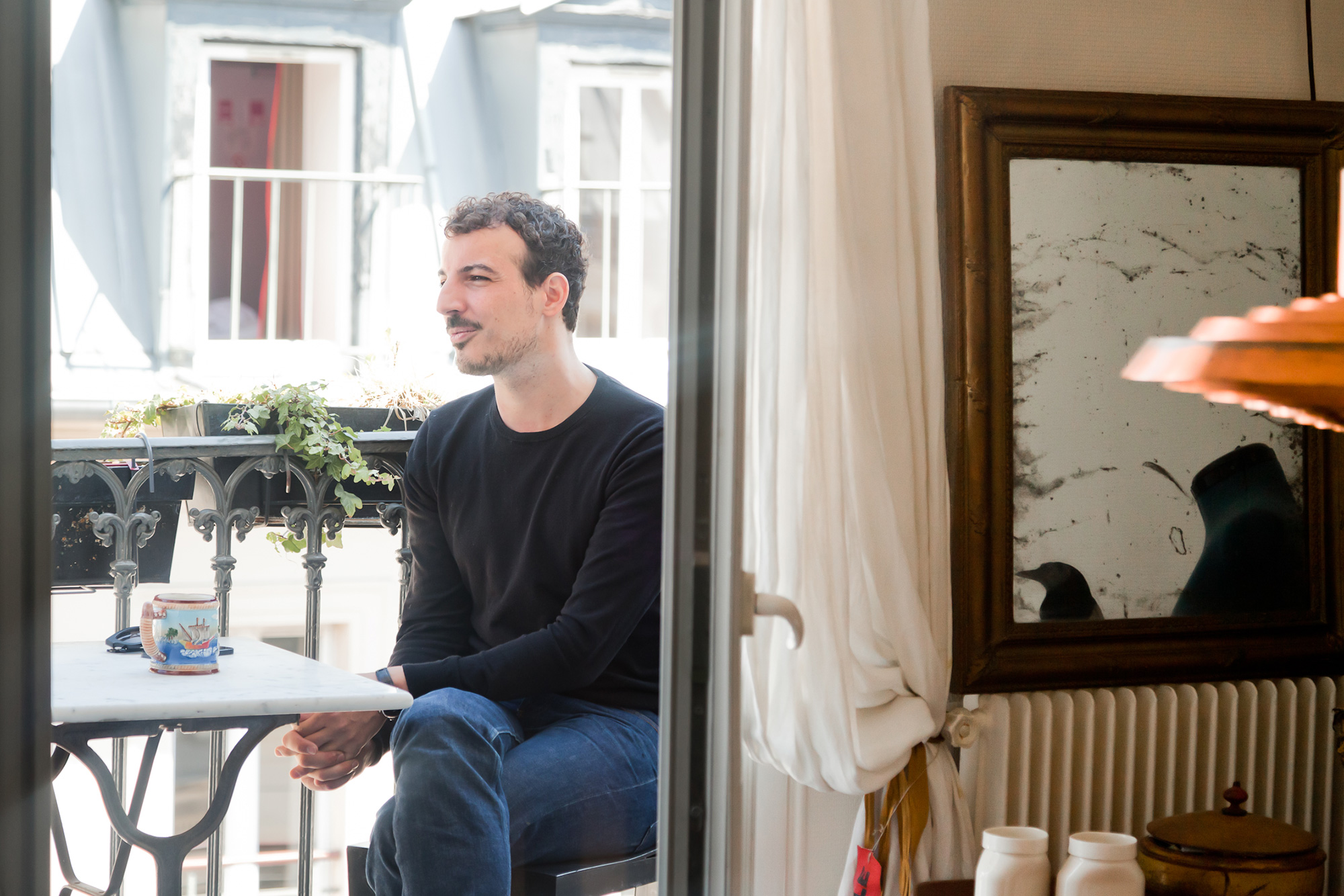
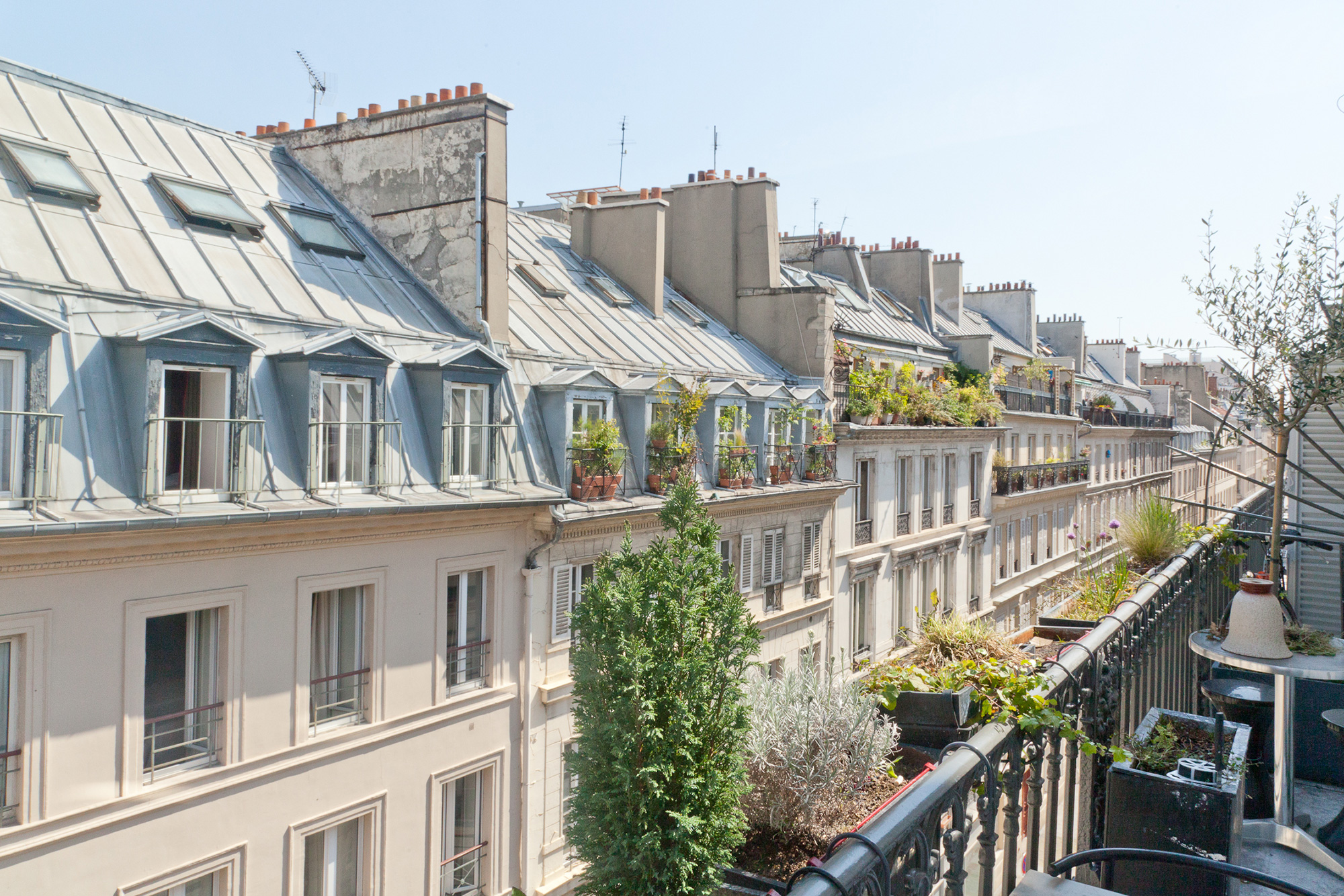
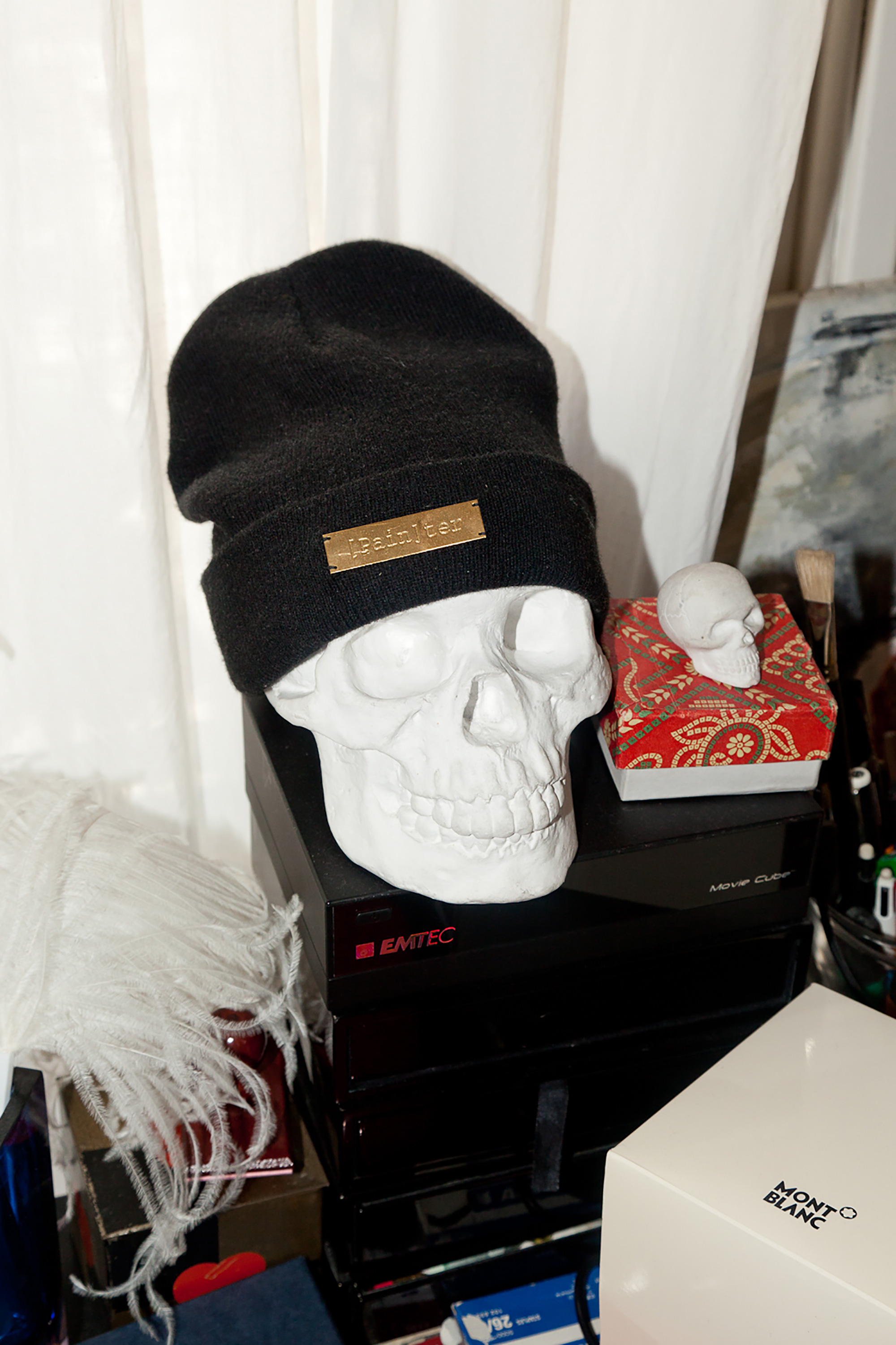
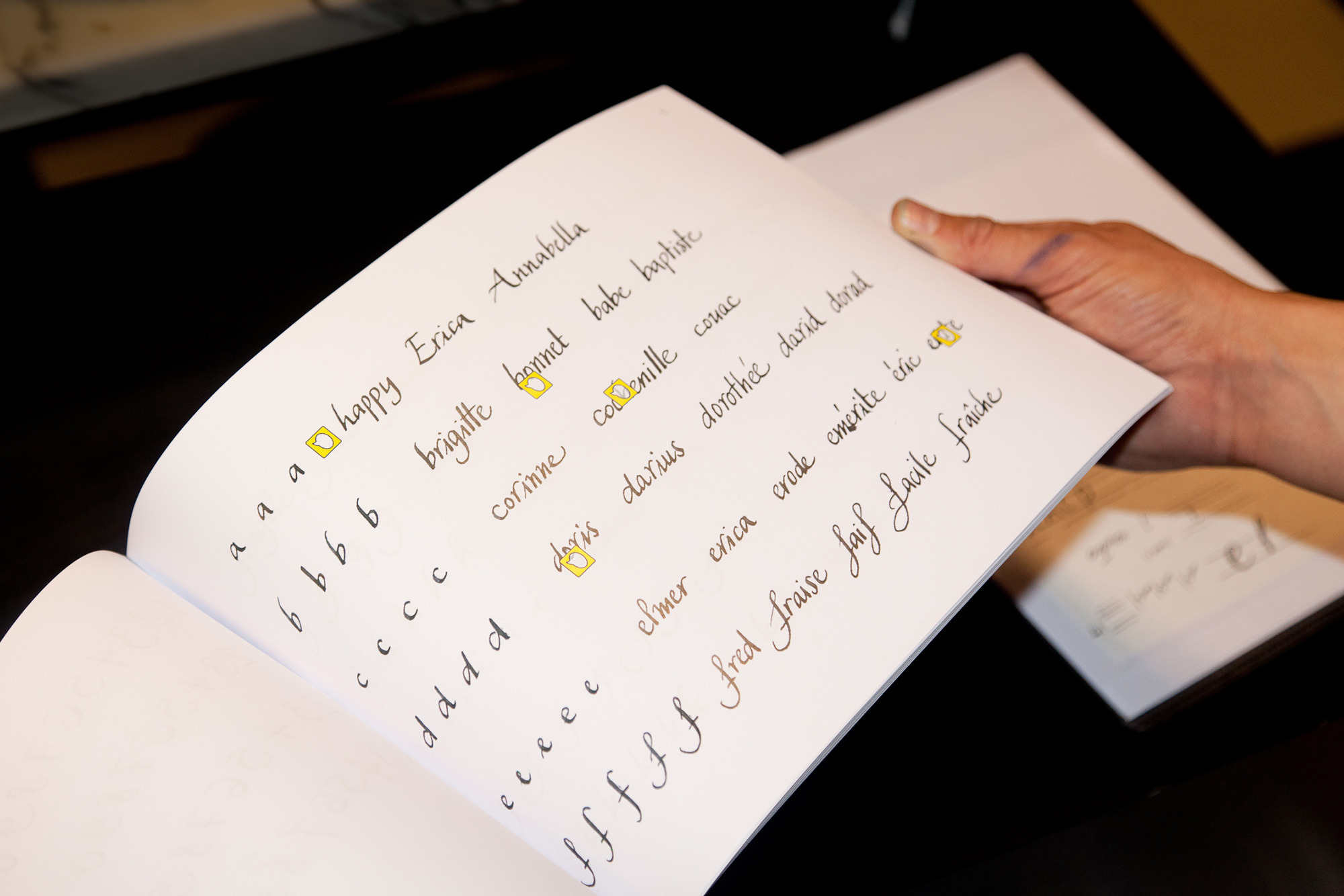
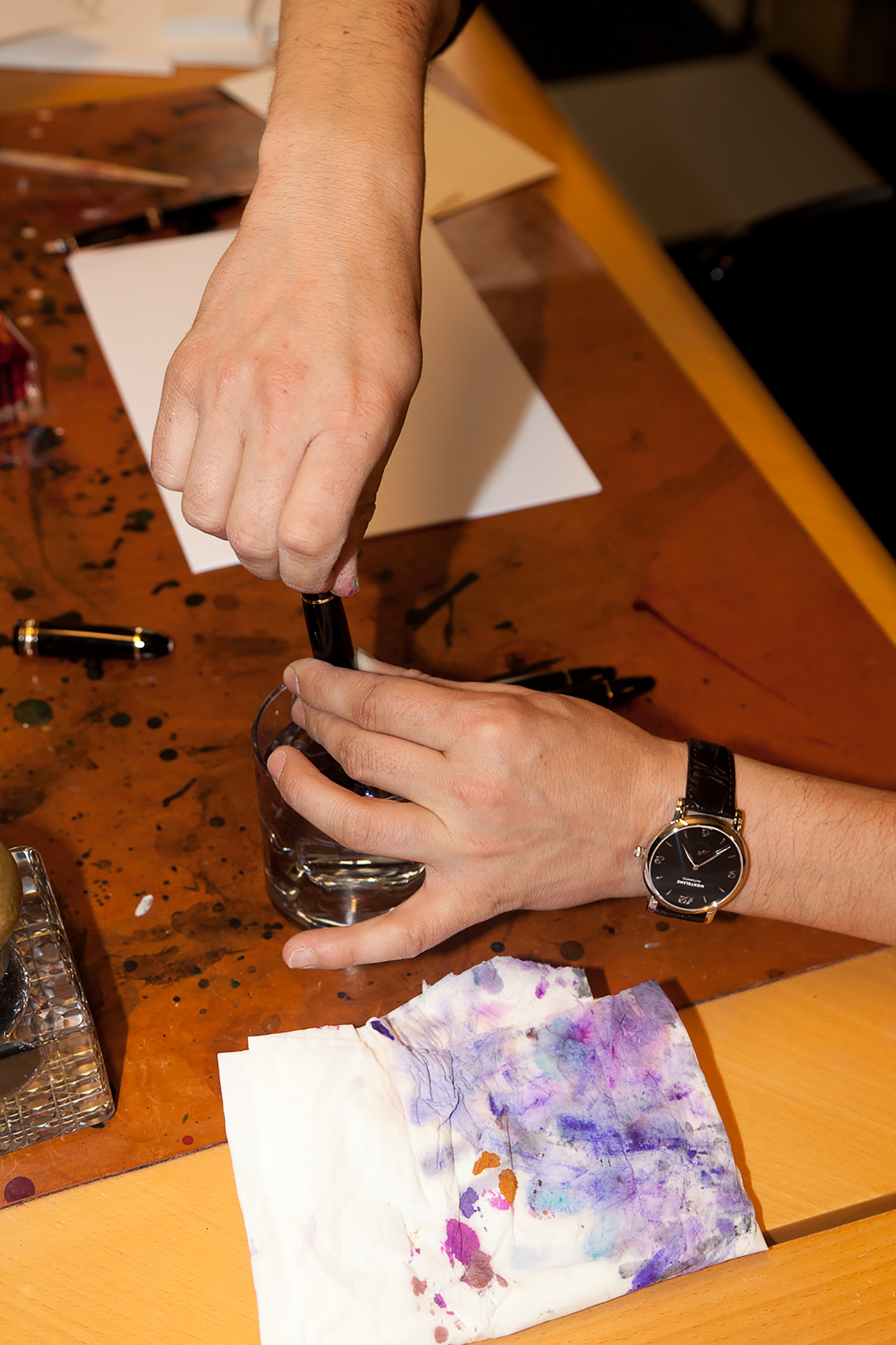
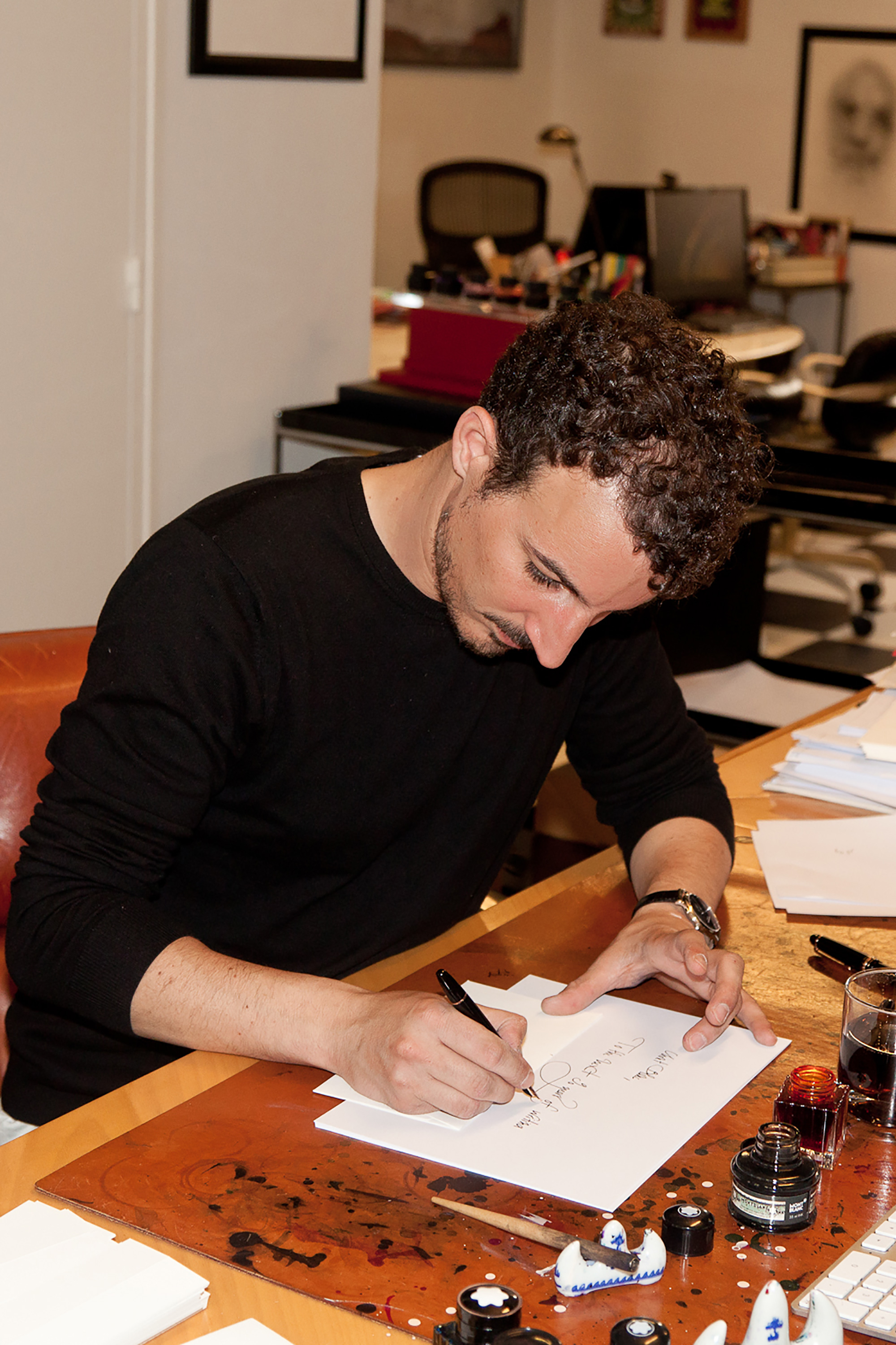
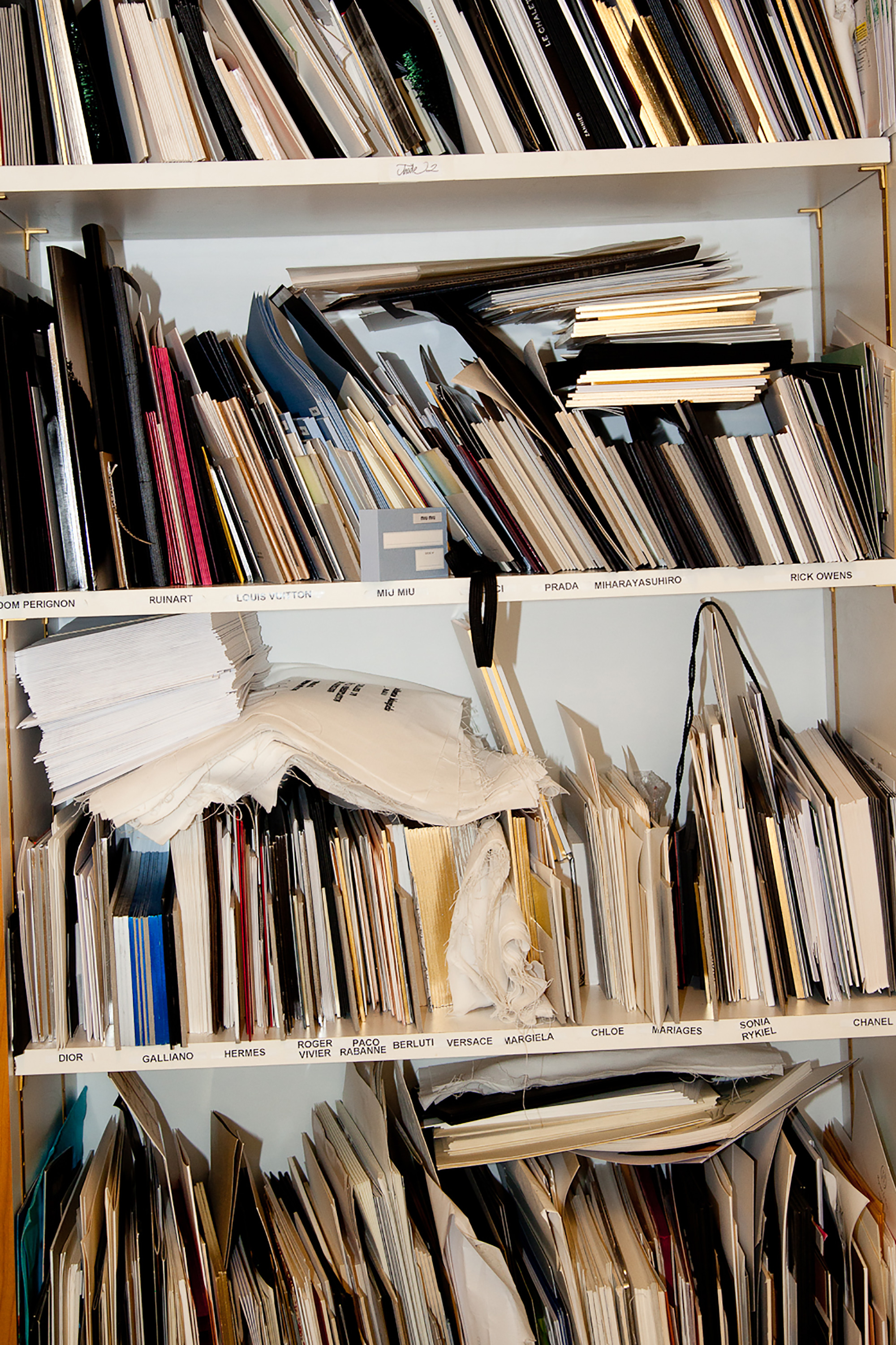
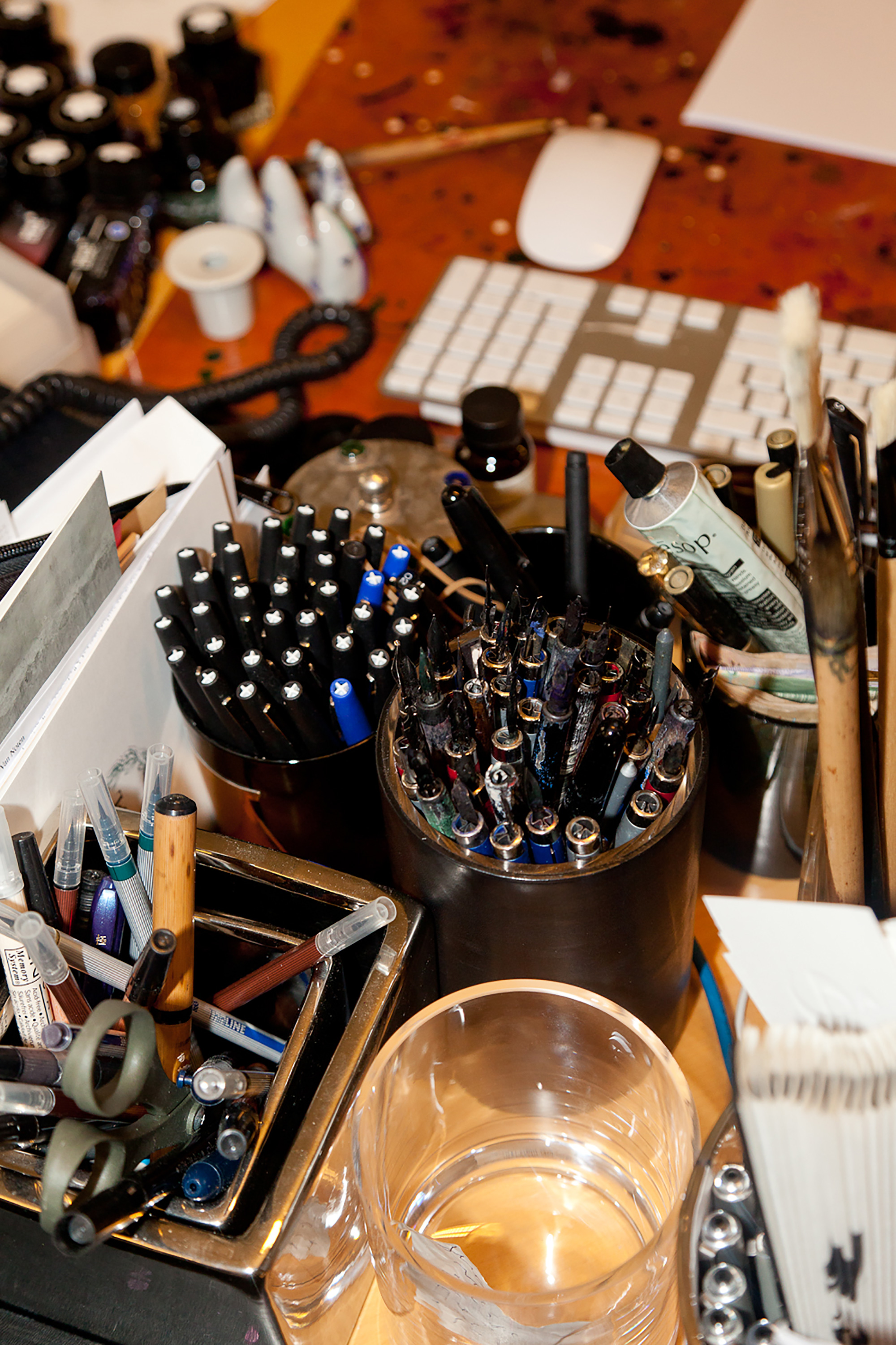
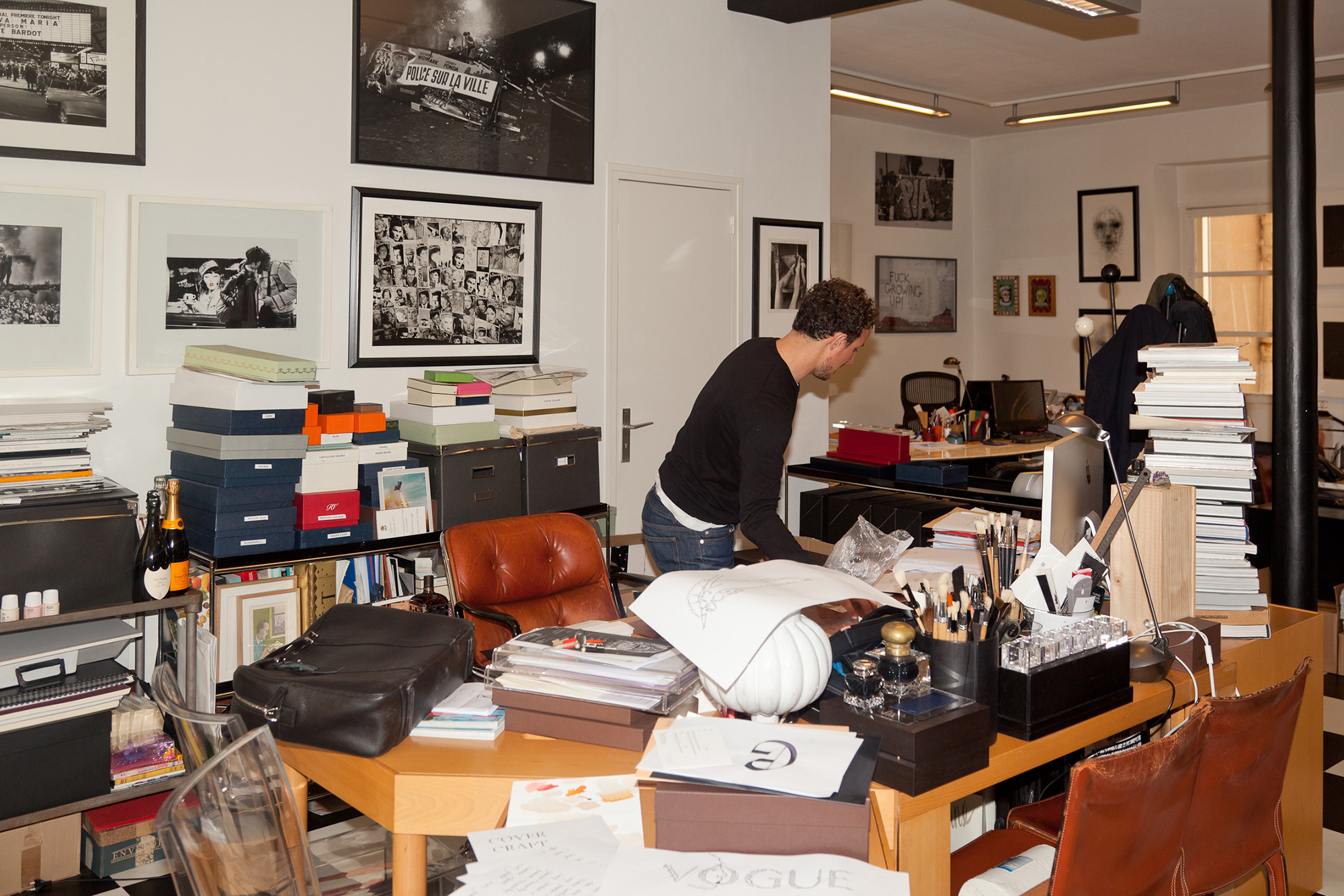
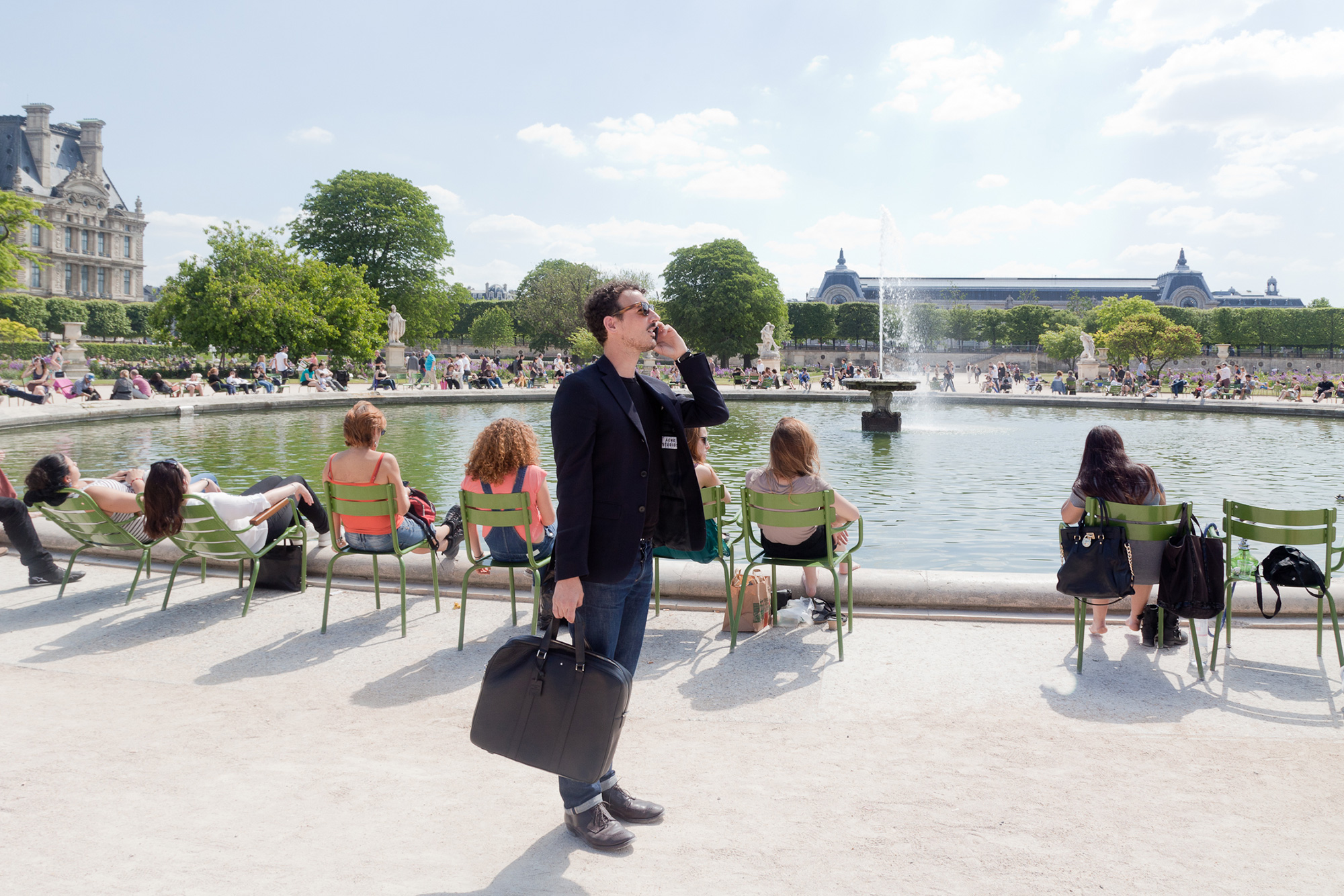
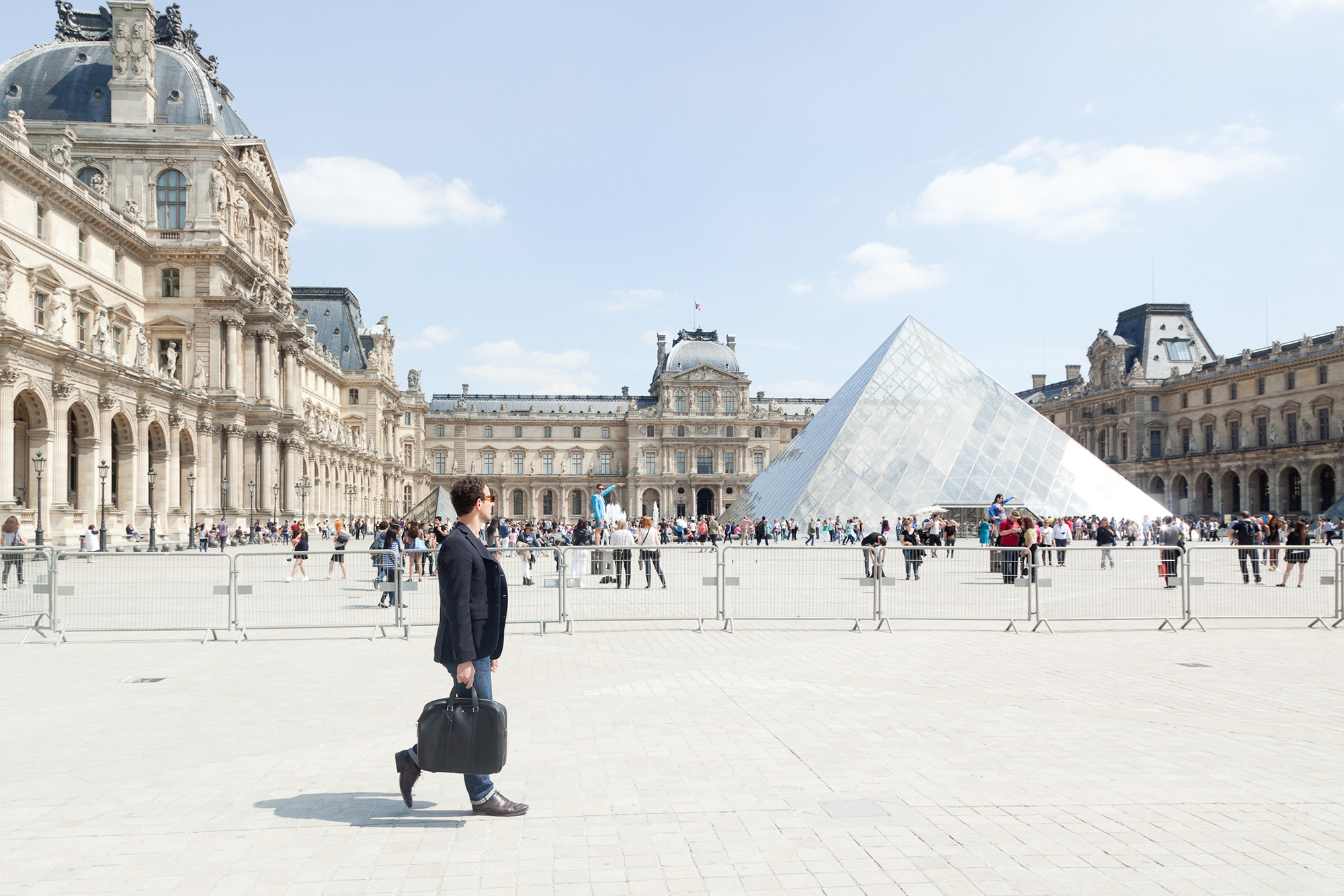
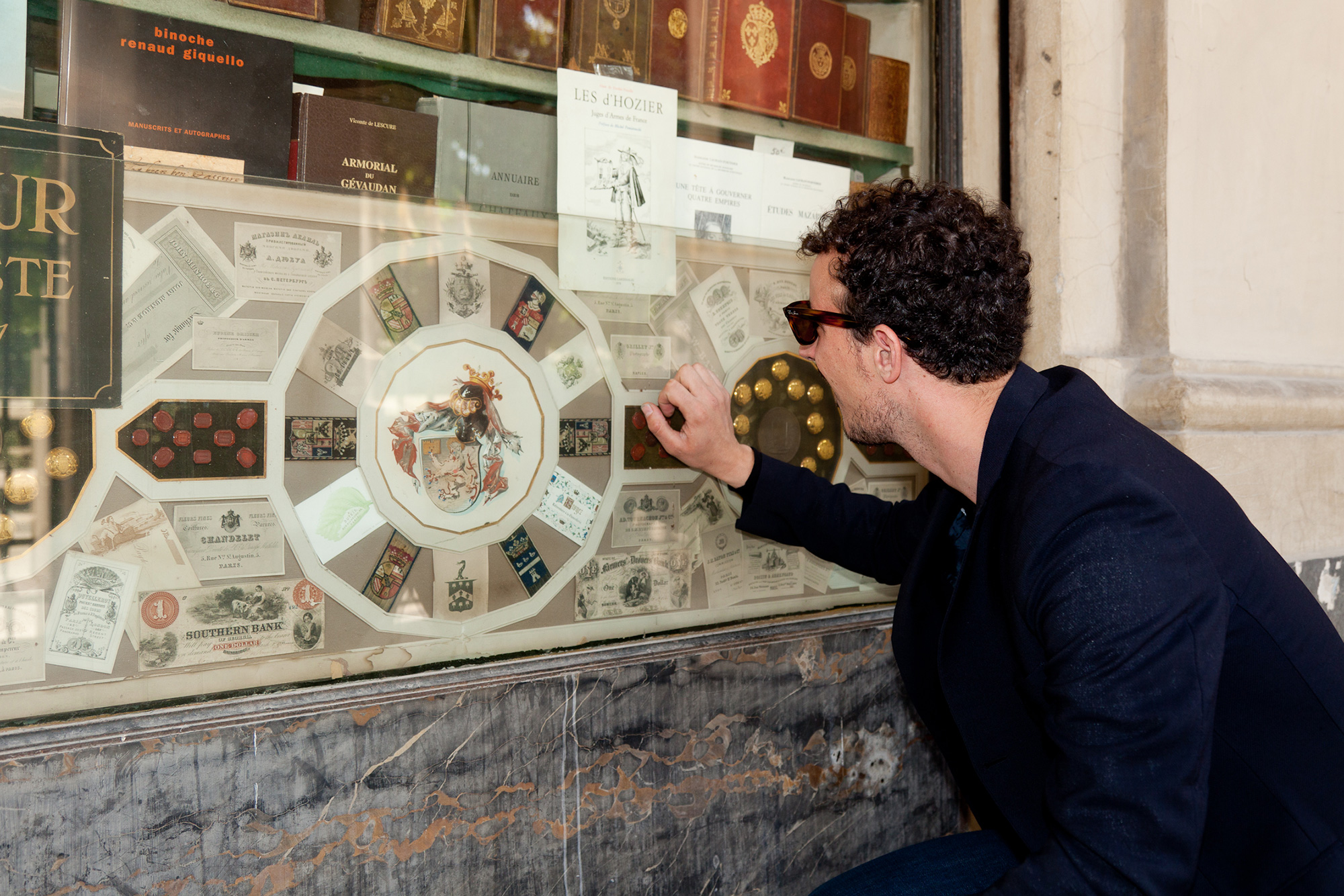
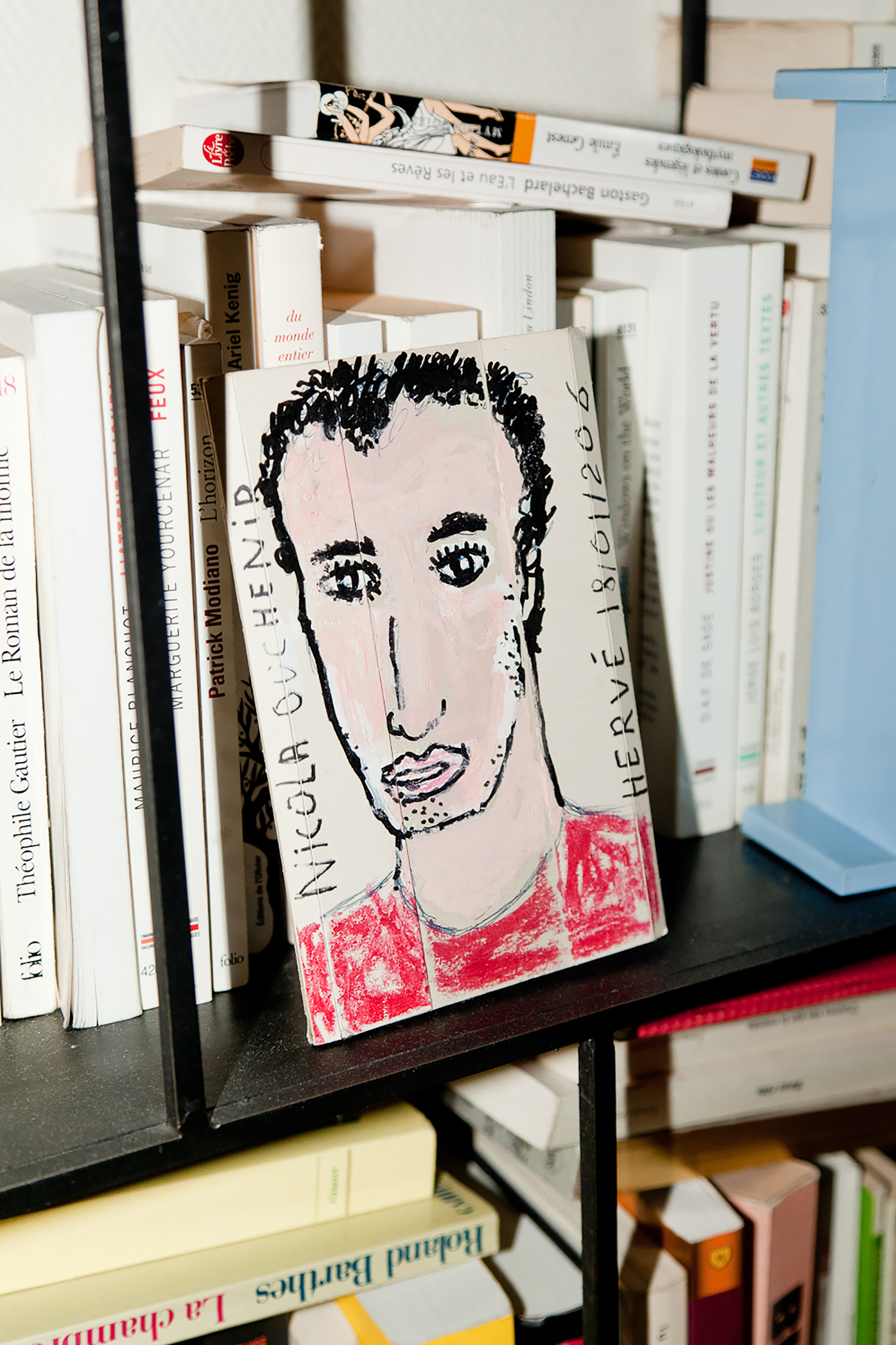
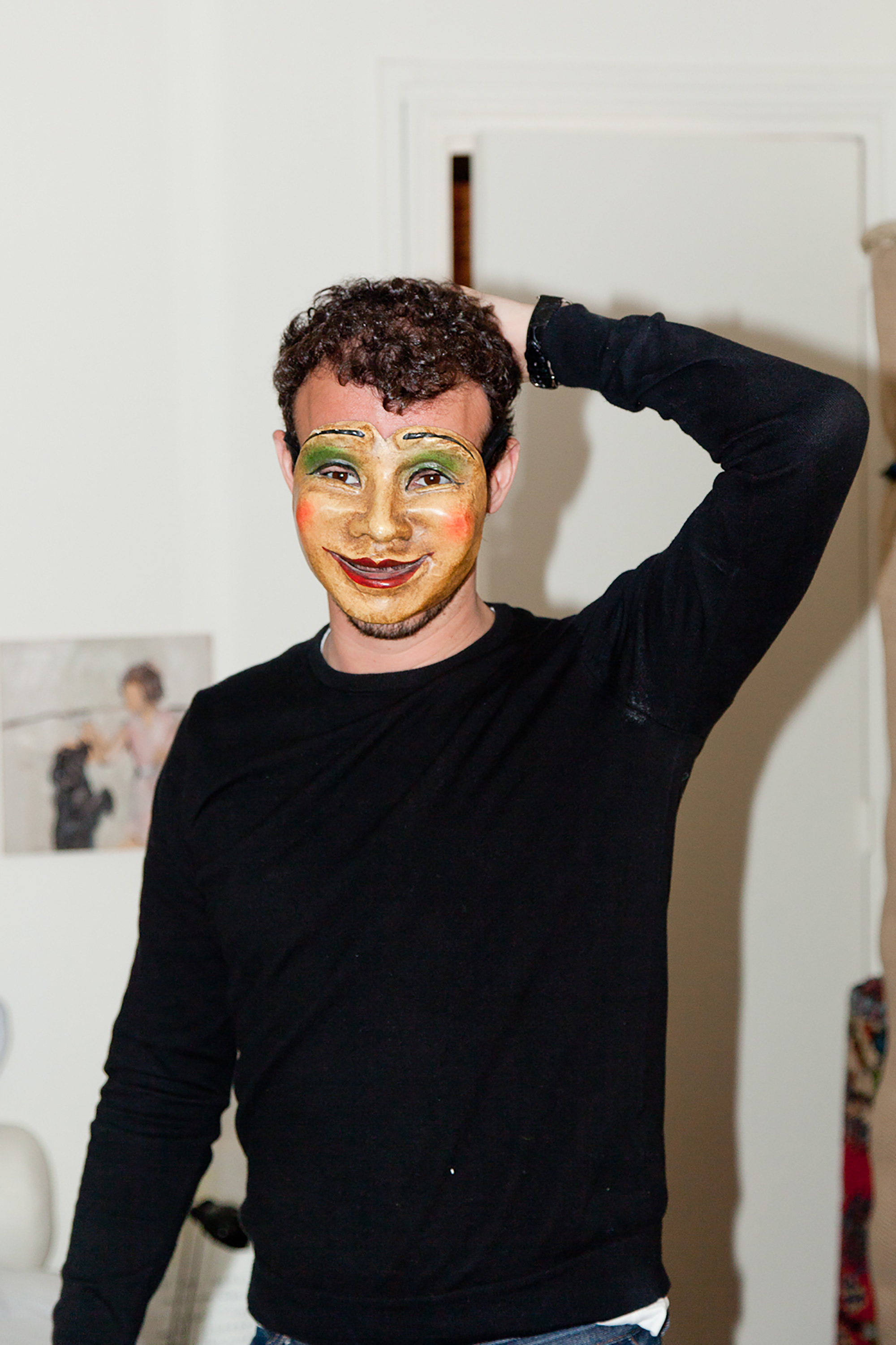
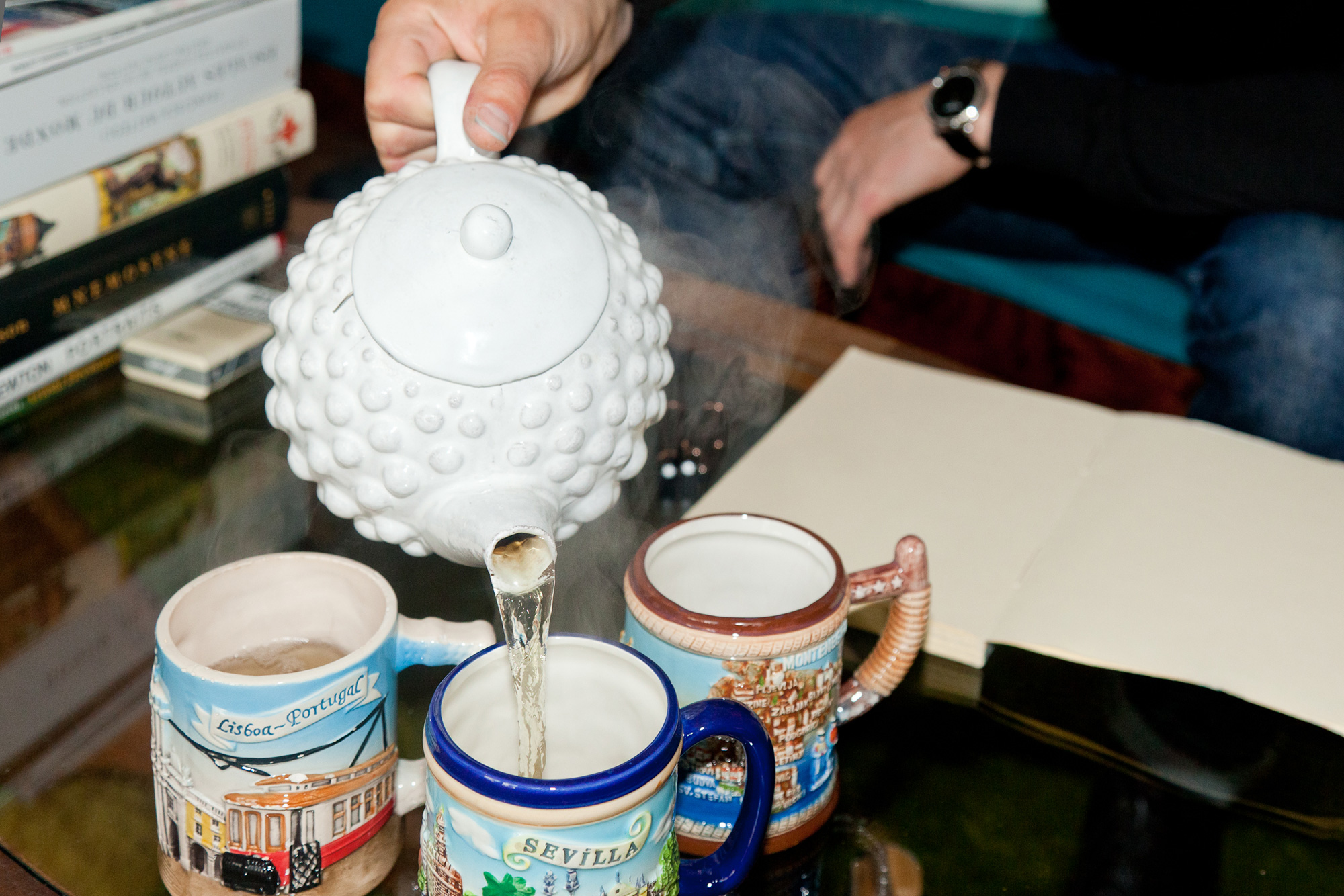
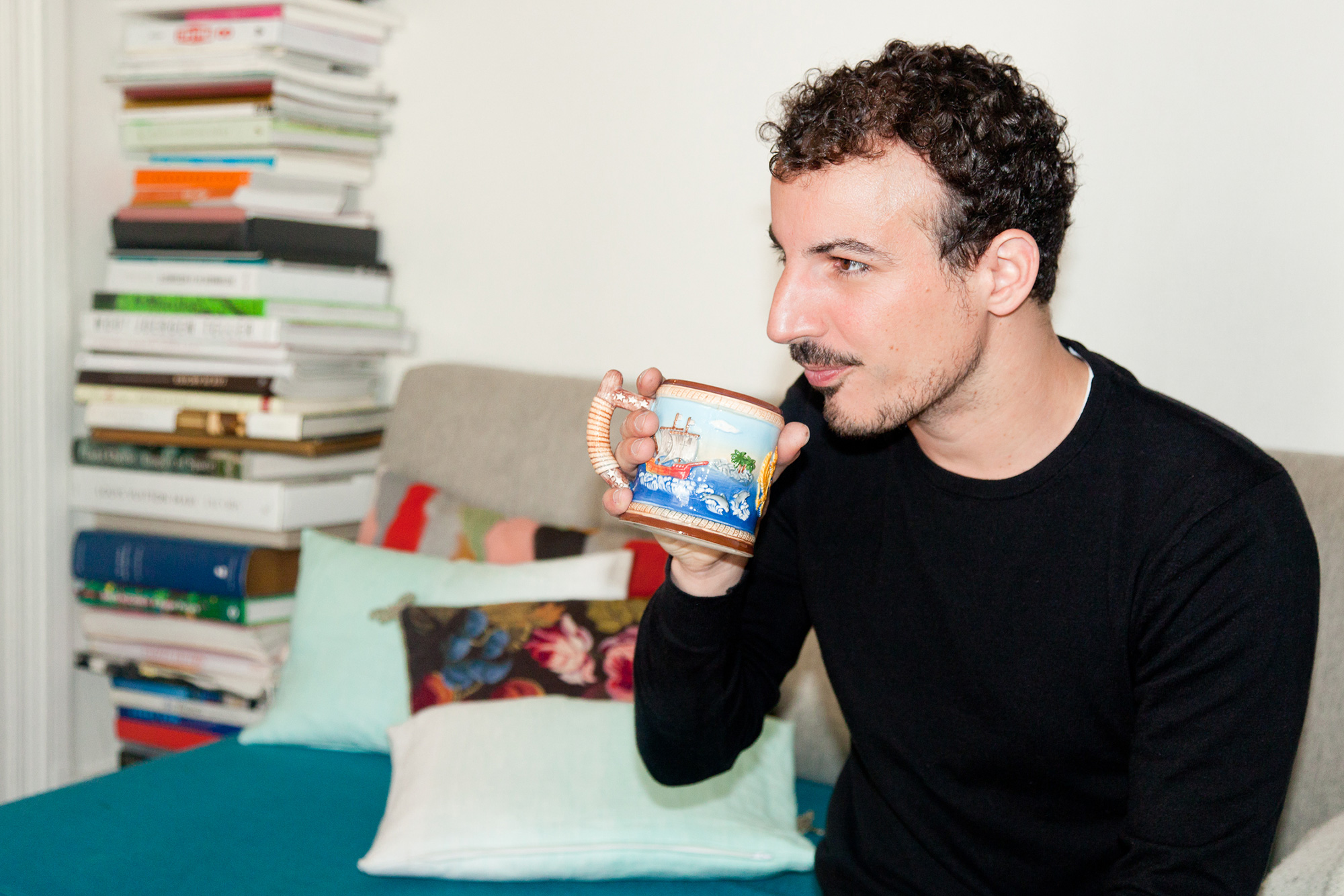
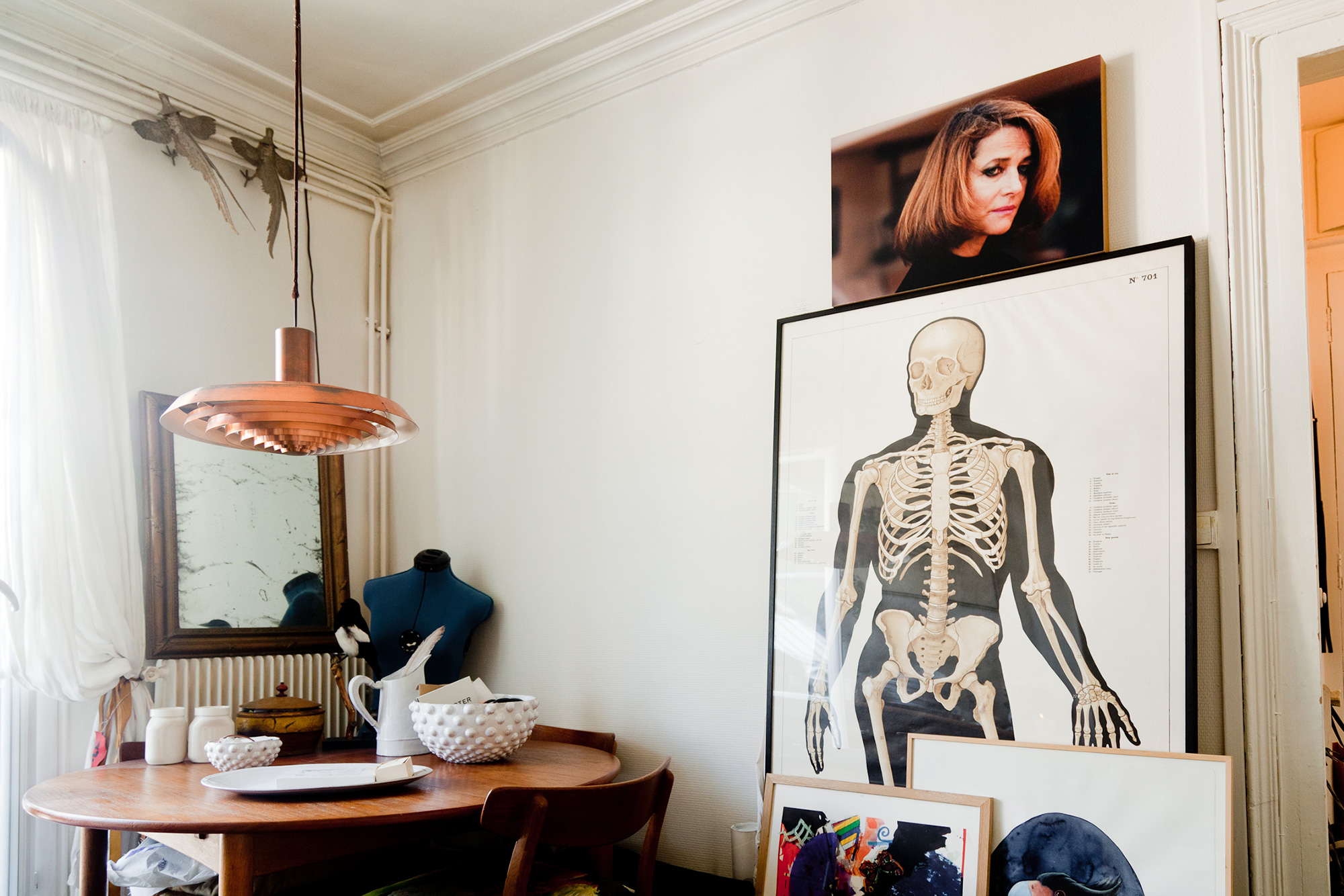
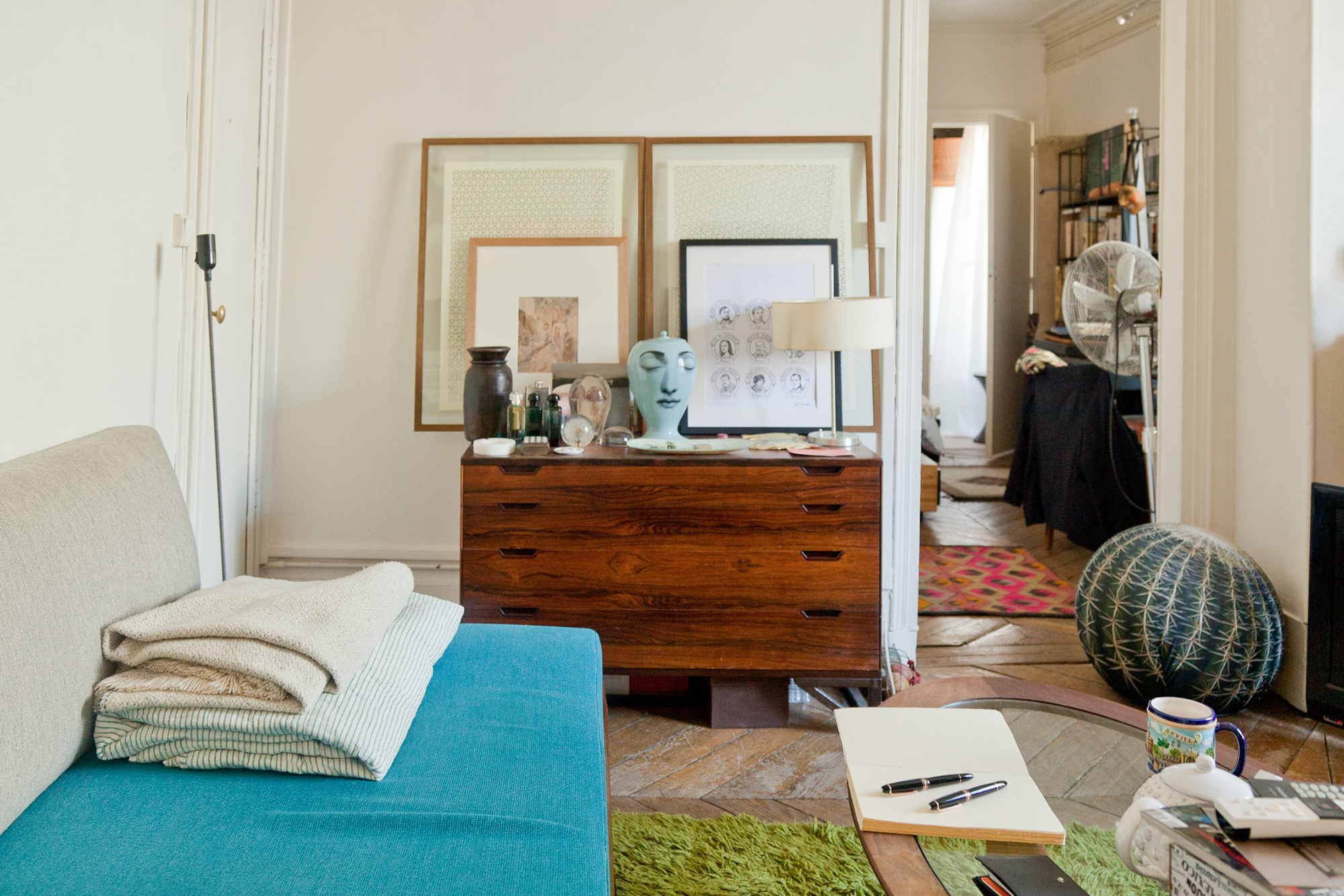
Where does your connection to handwriting come from?
I discovered that there has always been a common thread with writing in my life. My parents read a lot and are surrounded by all kinds of books at home. I love literature, manuscripts, writers’ signatures, and I think it comes in part from them. Both of my parents have particular handwriting styles. Also, the Ouchenirs – a family of Bedouins – have always written and read from generation to generation, which is rather unusual for nomads.
I am also kind of a lone wolf. In school I was not really part of a group. I did not like team sports. So I created my own universe. I wrote. I always had notebooks. I think I inherited from my family a certain sensitivity to the written word. It was a lot later that I understood these links and was capable of expressing them. From this point onwards, I decided to put faith in my passion and develop it into a profession.
How do you cultivate this sensitivity? Is it related to your aesthetic?
In retrospect, I think part of my childhood played a big role. From kindergarten to the second grade of elementary school, I lived, for health reasons, with my maternal grandparents in the Pyrenees. My parents had to stay and work in Paris and came to visit me from time to time. My grandparents are managers of a ski resort and own land and a farm. They have a large farm in a valley. We lived in their house near the forest. My cousins lived nearby and we spent a lot of time together. There was really nothing around. The school was an hour-and-a-half walk away. I went there with my leather backpack, either by myself or with my cousins. After school, we were on the farm, looking after the horses and chickens. It was a childhood spent outdoors. I was surrounded by nature and had time to observe flowers and the cold water in the rivers. This experience created a special imagination and has greatly influenced my aesthetic.
How did you adjust to returning to living with your parents?
Rather well. We lived in Oberkampf. I always loved the area, its energy and diversity. But returning to the city life in Paris was difficult. I struggled to channel my energy and I got kicked out of school several times. In the end, it didn’t prevent me from graduating from high school.
Why did you then decide to go to business school?
It was not really a choice. I didn’t know what to do after high school. I didn’t know much about finance and other subjects that were on offer in the program and business seemed to offer opportunities. In the end, I specialized in all fiscal and tax matters related to the art market. I understood that I was much more interested in the art market than acquisitions and mergers.
What were your plans after studying?
My path at this time was strongly influenced by my encounter with César Pape – a great art collector – during a stay in Tangier. The result of this meeting was the birth of a gallery situated behind the French Academy. I invested all my energy into the development of this place. It was my first experience in the art world and it was in this context that I began to meet many people in the art world.
Then I met and collaborated with Jean Gabriel Mitterrand, owner of the JGM Galerie. I learned to love the artists he was representing. We organized exhibitions and the gallery grew and moved into a private mansion, Hôtel Particulier. For the first exhibition in the new place, I had the idea to write all the invitations by hand. It was a big success and we received great feedback. The gallery was going well but, at the same time, the city was suffocating me. I felt that I needed a change.
Without any preparation I left everything and went to Brazil. I stayed there for over a year. I learned Portuguese and I began to meet people who offered me projects there. At a dinner, I met Patricia Carta, the director of Vogue Brazil. I became a production assistant and then a producer. I even produced two albums of Brazilian rap! After about a year, I left as quickly as I had arrived, without any planning.
Did you go back to Paris?
Yes, I returned to Paris and was eager to embark on a new experience. I had many questions and doubts, but my need to write surpassed everything, so I set myself up as a calligrapher. A week later, Pia de Brantes entrusted me with the organization of the American Friends of Versailles Gala while also designing the calligraphy of the invitation cards. This was the beginning of the Nicolas Ouchenir studio eleven years ago.
Did you learn calligraphy from a teacher?
I do not have any formal training. I am self-taught. I trained my eye by observing the work of others and what they were doing in order to find out what I wanted to do. Techniques and rules exist and have meaning for me because I’ve discovered them through calligraphy. I didn’t go through a phase of copying at all. Over time I constructed my own stylistic aesthetic and created a signature brand of alphabets thanks to the support of my loyal customers, which I’ve had from the beginning. I have always tried to push the application of calligraphy beyond preconceived perceptions.
Calligraphy is a passion that requires daily training. It is much like being a ballet dancer – hence, the need to work on invitation cards. It is a form of training through repetition. Writing hundreds of invitations allows me to search for letters and brings out ideas that I could use for other projects. Even if I changed my profession, calligraphy would remain a daily need for me.
What is the relationship to the body and senses when you write? Is there a particular state of mind you need to be in when bringing your ideas onto paper?
Recently, I had the chance to meet a one hundred-year-old calligrapher in Shanghai. We shared much more beyond an exchange of methods and techniques. I was particularly interested in his posture, his relationship to writing and his breathing between letters. It’s what allows you to imagine what you’ll write. You somehow know in advance what you will do. In order to perfectly place the letters on paper, you have to prepare. I loved seeing his way of embracing the creations he was about to make.
For me, all the senses are heightened during the writing process. The ink has a smell, the pen glides over the paper and makes a scratching noise, the sounds vary depending on the instrument, and the eye follows, or even anticipates the movements of the nib of the pen. It is captivating. The line, the density, the absorption of ink on paper, the difference may be minimal between two feathers for example, but it is this difference that will change everything in the end.
Are you attached to some specific tools? For example, what is the story behind your meeting with Montblanc?
My first clients were large Parisian families working on the traditional balls. Montblanc was interested in Parisian know-how, and in this case specifically, calligraphy. This is how our collaboration began. Recently I was in New York for the 90th anniversary of the Meisterstück Pen. I produced the calligraphy for the menu cards and table settings for the dinner.
In fact, my first encounter with Montblanc was at my communion. I received my first feather pen as a present and I still have it. At this age, the handling of the pen is not easy and it resulting in me having a very round handwriting. Another association with Montblanc that I remember is designing a Montblanc logo with the Montblanc pen depicting a landscape view over Montblanc after taking a hike on the superb Haute Route – a well-known ski location around Montblanc.
Do you use the Meisterstück pen for specific jobs?
I use it very often for particular requirements and official purposes, but also in personal moments to write and maintain my epistolary relations – especially for my correspondence with pen friends from middle school! Calligraphy is the art of writing beautiful letters, but handwriting is also a source of interaction with the people you write to. There is a certain intimacy located within this exchange.
What sort of reactions do you get from the people you produce calligraphy for?
The reactions are always very positive. As I mentioned, there is an intention related to writing that comes from the sphere of intimacy and directly affects the person. It is difficult to express feelings, especially in cities. People are afraid to say what they think and show their vulnerability because they do not know each other. Writing is a facilitator, but the handwritten letter implies greater involvement, unlike and sms or an e-mail.
How do you position your work in relation to technology? At one point, calligraphy seemed in danger of disappearing, however, recently a reevaluation of the intelligence of the hand has resurfaced.
This art is forever modern. It is timeless. The practice of calligraphy maybe not be used as often as it used to be, but it will not die. I have the opportunity to work with the digital and the web in my projects. I compare the different technologies and their obsolescence to the sustainability of calligraphy. Each technology is fading in order to make room for the next, meanwhile calligraphy nourishes itself by every step of this evolution.
What are your upcoming projects and what else would you like to do with your calligraphy work?
A publishing house in New York asked me to work on a book. This summer I am going to isolate myself in New York to concentrate on this project completely. It will be a book about calligraphy, the rhythm of letters, words and sentences with the challenge of not merely demonstrating writing alone. It will be an expansive exploration into how to choose different kinds paper and play with smells and fragrances to create interactions with the reader while also collaborating with writers and photographers. This project is part of my ongoing desire to present calligraphy where we do not necessarily expect it and open up new ways of using it.
Nicolas, thank you for your fantastic company on such a beautiful Parisian day.
Photography: Fred Lahache
Interview & Text: Léa Munsch & Hannah Hallermann
